
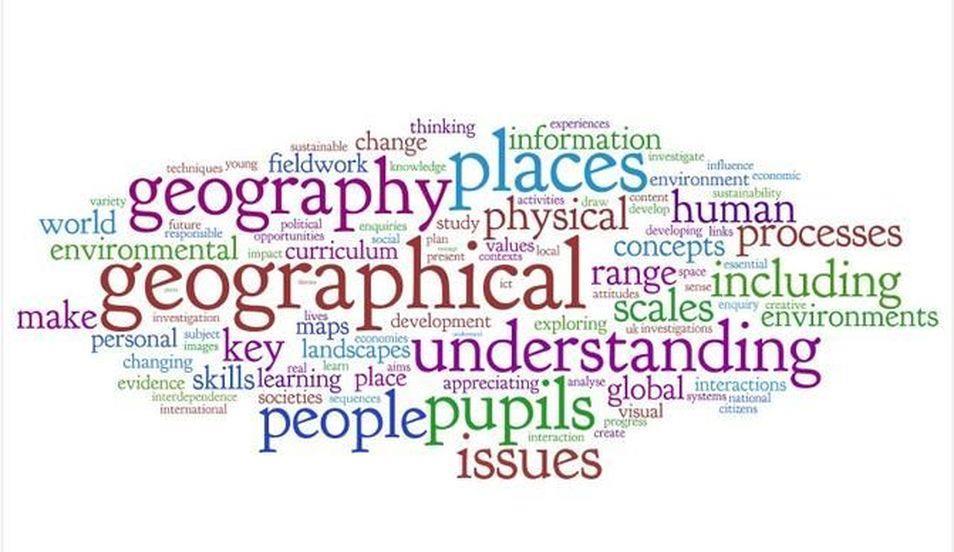
The Intent of our Geography Curriculum
Why do we teach what we teach?
The intention of the Geography Gospel Led curriculum at St Kentigern’s Catholic Primary school is to inspire in the children a curiosity and fascination about the world and its people. The Geography curriculum allows us to celebrate the unique nature of Our school, which draws children from our local area with a diverse range of languages, cultures and heritage from countries across the globe.
We value geography as a key opportunity for our children to share their own heritage, experiences and knowledge and build cohesion so that their diverse backgrounds, which could cause a barrier to learning, can in fact be a positive asset to their own learning and that of others. Our geography curriculum will equip pupils with knowledge of diverse places, environments and people. We will develop in our children a deep understanding of the Earth’s key physical and human processes as set out in the National Curriculum.

• The Implementation of our Geography Curriculum
• How do we teach what we teach?
• At St Kentigern’s we use our own Gospel led curriculum and we use ‘Rising stars’ Geography as a developing tool for delivering Geography and ensuring coverage. Teachers adapt and create lessons enabling children to think as geographers. A variety of teaching approaches are used based on the teacher’s judgement. Pre Covid we embraced many school trips as a real immersive experience for the children. Now we have returned to being able to attend fieldtrips, the children are given opportunities across the year groups to attend a variety of fieldtrips. Year 4 this year are attending Fairhaven Lake for a workshop based on the estuary. This links to Year 4’s rivers and the water cycle topic. Geography provides excellent opportunities to enhance the learning of more able pupils through the investigations, analysing sources and writing extending pieces.
• We use ‘Rising stars’ recommendation of progression of skills with each year group, which enables pupils to build on and develop their knowledge and skills each year. However, the staff at St Kentigern’s have joined together in a staff inset day to create their own unique and tailored curriculum map to suit our school. In order to support children in their ability to know more and remember more, there are regular opportunities to review the learning that has taken place in previous topics as well as previous lessons. We use Practice/Going Deeper opportunities to ensure understanding and skills are kept up to date and relevant for our geography objectives. Children understand the subject of Geography, and its definition which are shared at the beginning of every Geography lesson across the school.
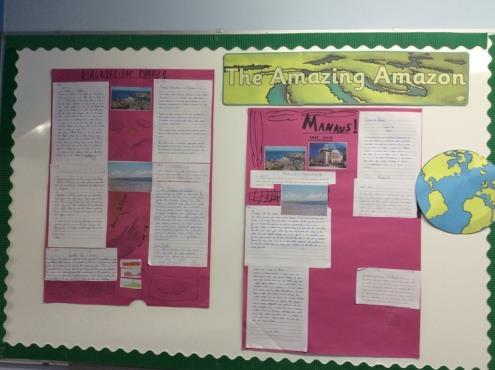


The Implementation of our Geography Curriculum continued
Children have opportunities to develop their geographical skills at home through half-termly topic homeworks which are set in each class. Effective CPD and standardisation opportunities are available to staff to ensure high levels of confidence and knowledge are maintained. Effective use of educational visits and visitors are planned, to enrich and enhance the pupil’s learning experiences within the Geography curriculum. Topic and theme days are built in at least termly to ensure that relevant links are made to world events and current foci impacting on the children’s lives. Teachers use highly effective Assessment for Learning at different points in each lesson to ensure misconceptions are highlighted and addressed. Effective modelling by teachers ensures that children are able to achieve their learning intention, with misconceptions addressed within it. Children are assessed against the taught objectives termly and are assessed as working above, at or below.
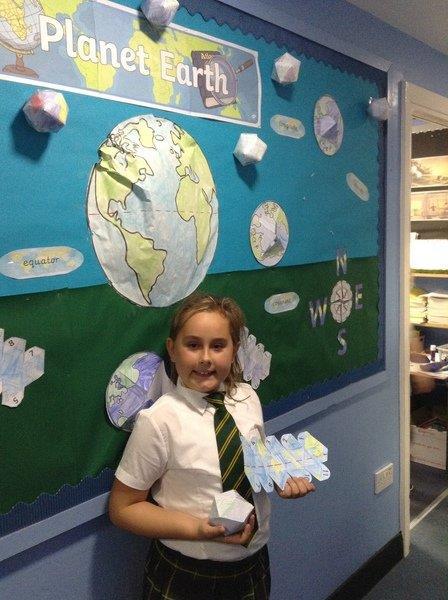
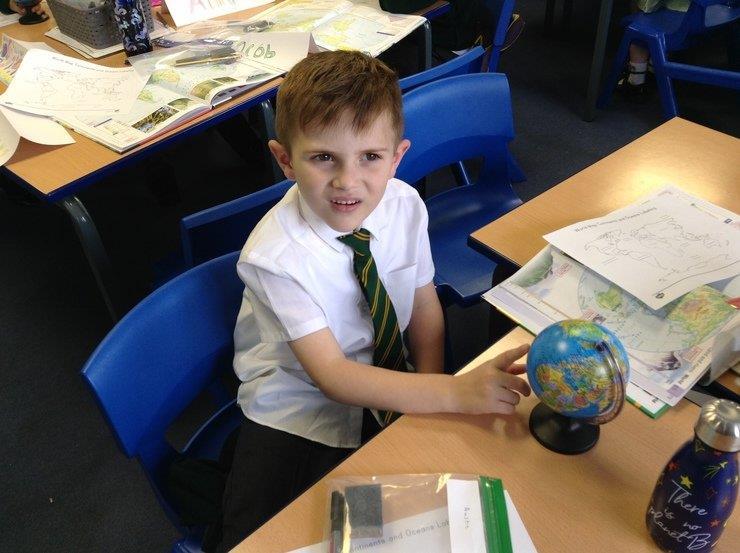
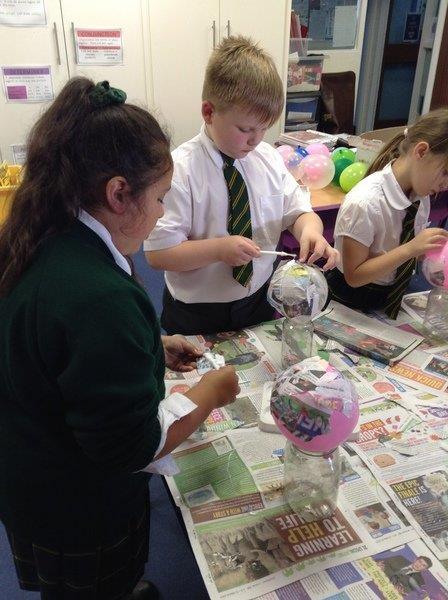
The Early Years Foundation Stage Curriculum supports children’s understanding of Geography through the planning and teaching of ‘Understanding the World’. The children learn about a sense of place, they observe, find out about, and identify features in the place they live and the natural world. Children are inquisitive about their environment, and talk about features they like and dislike. In the Early Years Geography is developed by the exploration and investigational skills as the children look closely at similarities, differences, patterns and change. They frequently ask questions about why things happen and how things work. The world is exciting and interesting. Children want to know why things are as they are and geography can reward this inquisitiveness.



The Impact of our Geography Curriculum
How do we know what the students have learnt and how well they have learnt it?
The impact of Our Curriculum leads to the children of St Kentigern’s making progress over time across key stages relative to a child’s individual starting point and their progression of skills. Our Geography curriculum will lead pupils to be enthusiastic Geography learners, evidenced in a range of ways, including pupil voice and their work which is evidenced in their topic work books. Learning outside the classroom is very powerful for our students and we aim to create more experiences in our teaching as the impact is high due to the hands-on experiences and creating memories. Through discussion we want the children to have no limits to their ambitions and have opportunities to grow up to be cartographers, ecologists, town planners, conservationists or weather forecasters.
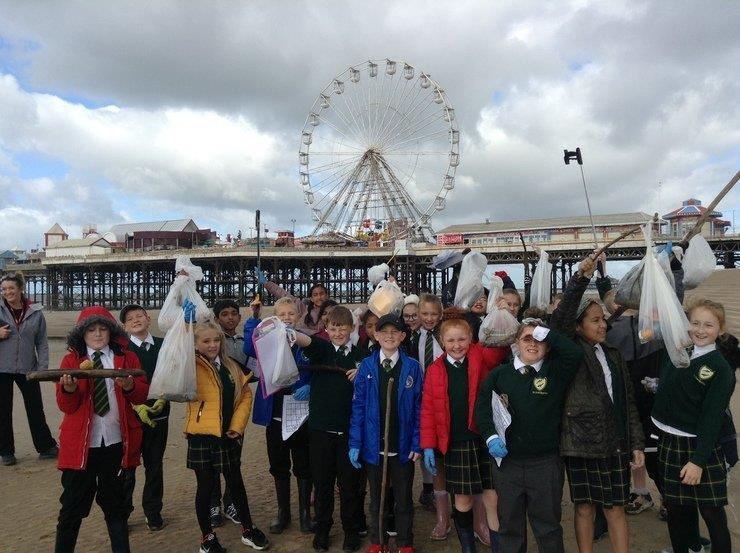

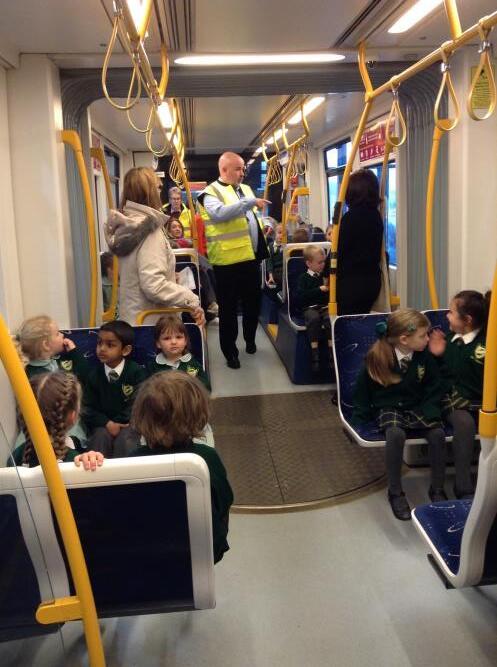
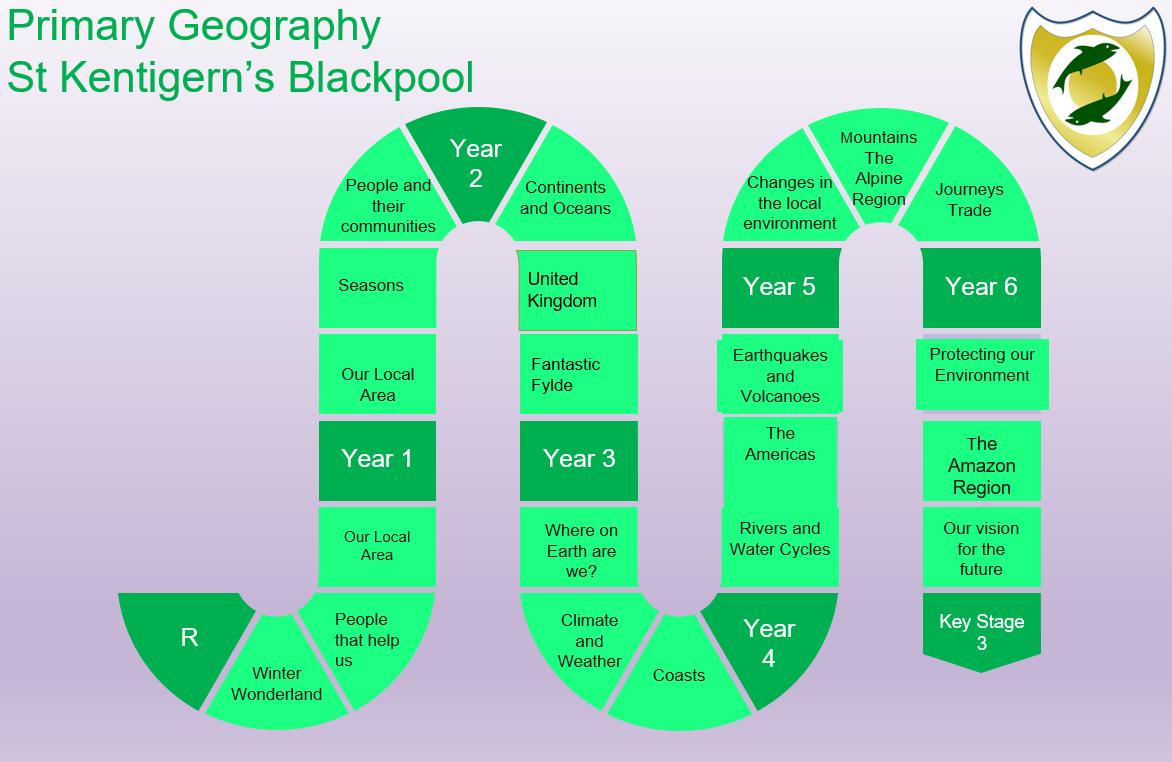
Year Group Endpoints

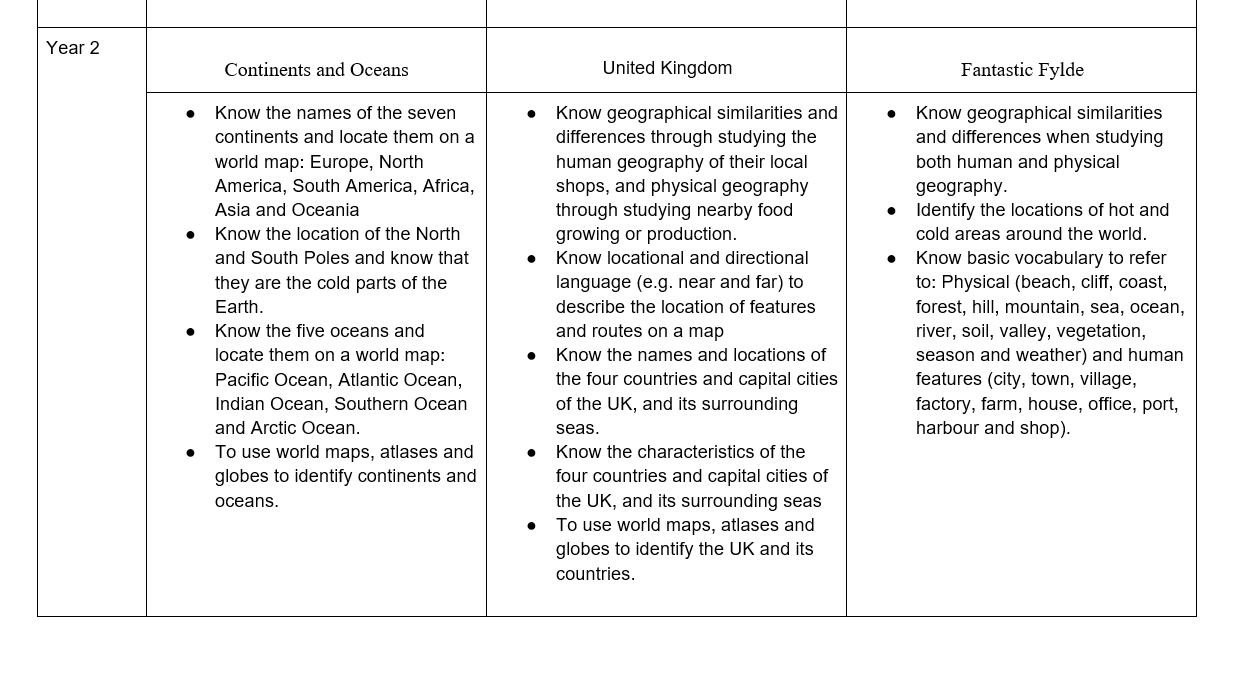

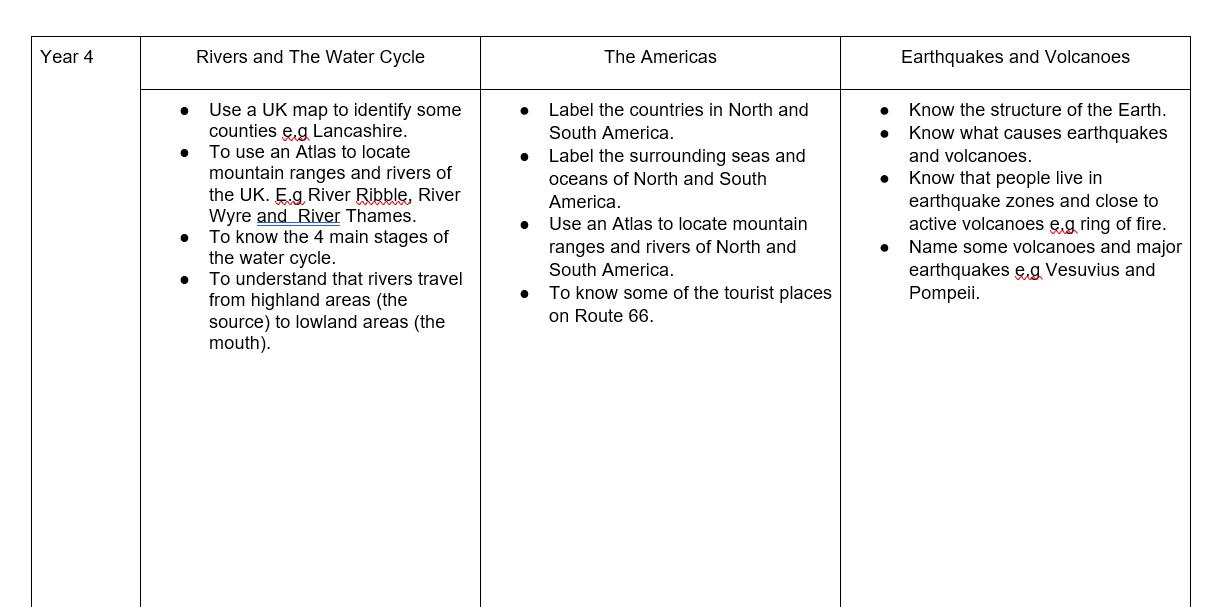

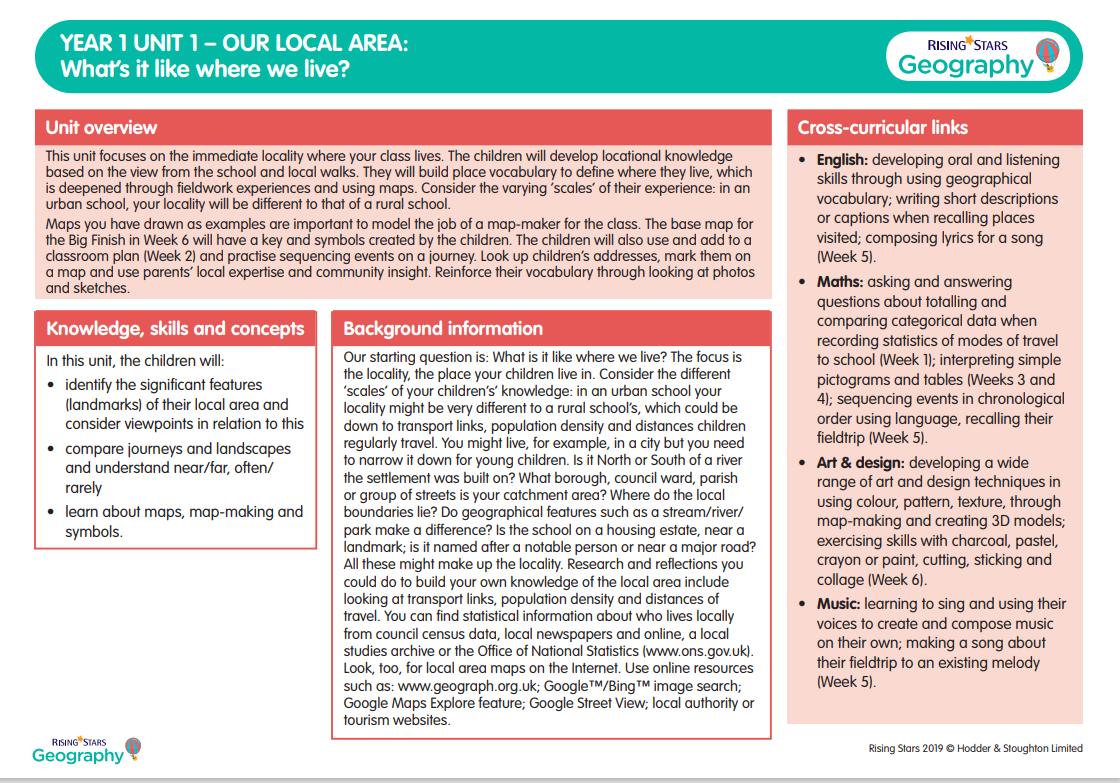
Rising Stars scheme


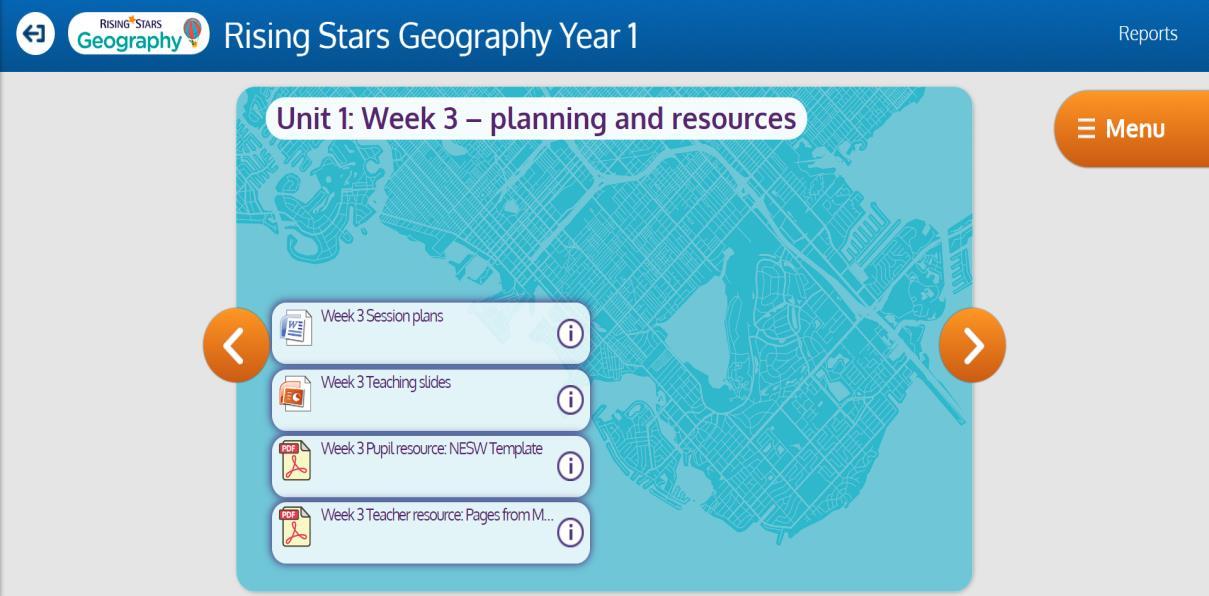
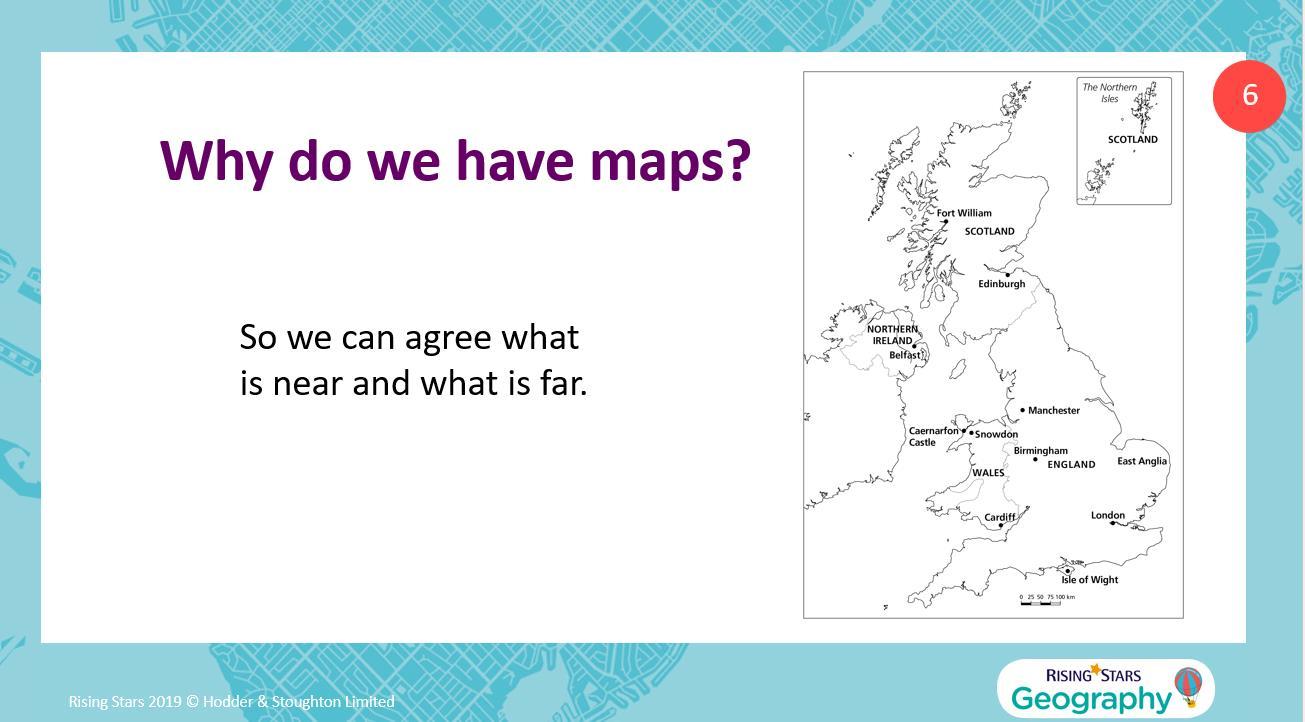
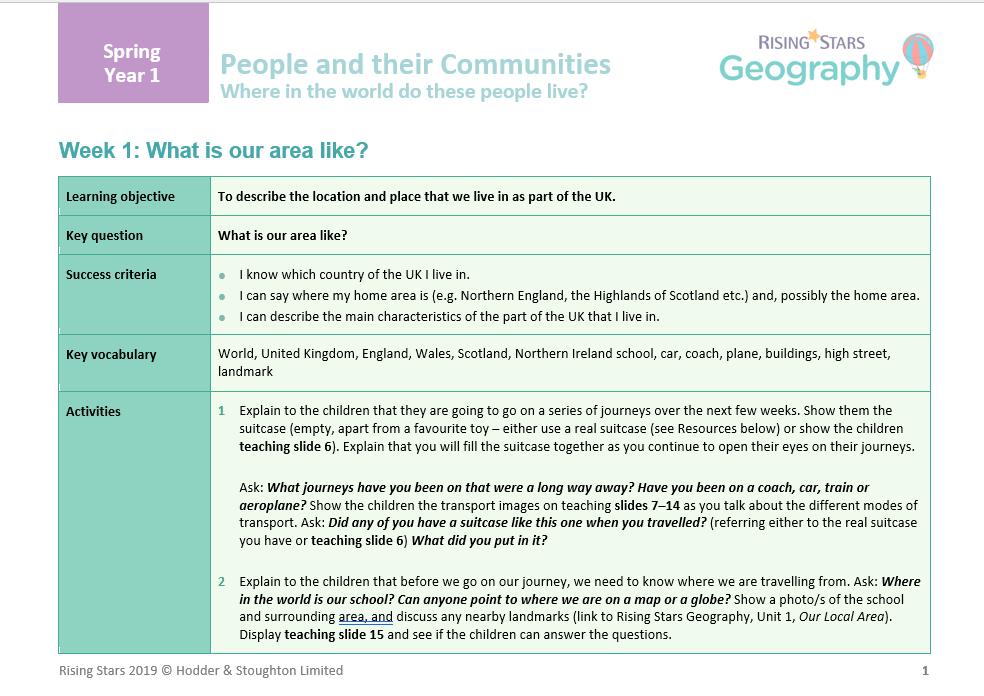



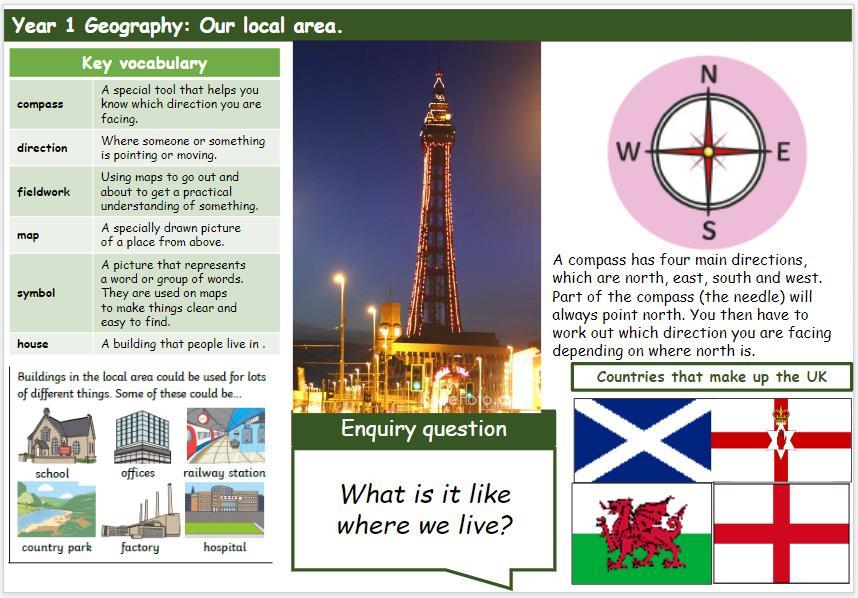
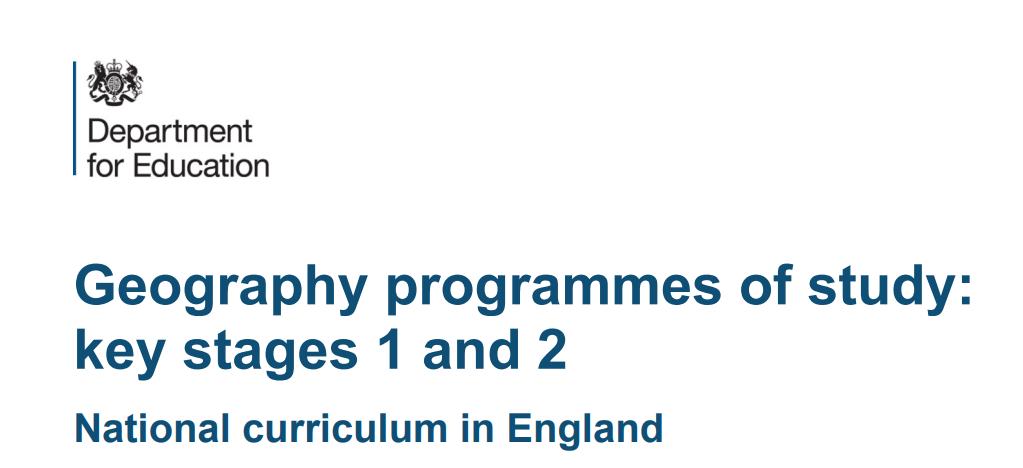
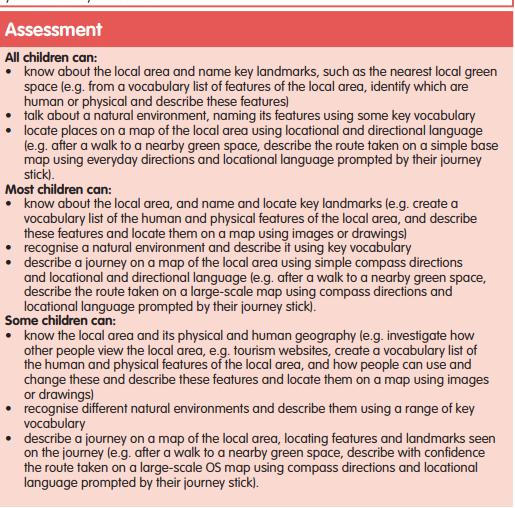

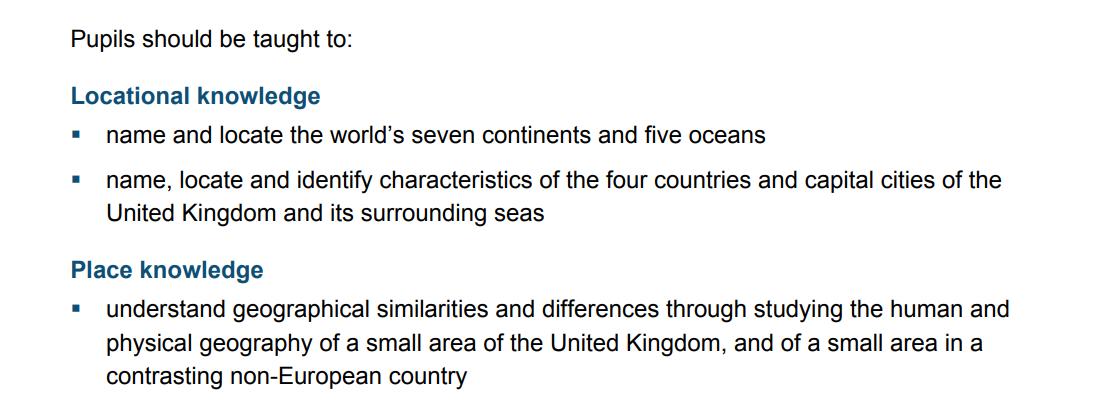

Assessment and recording Year 1 The local area
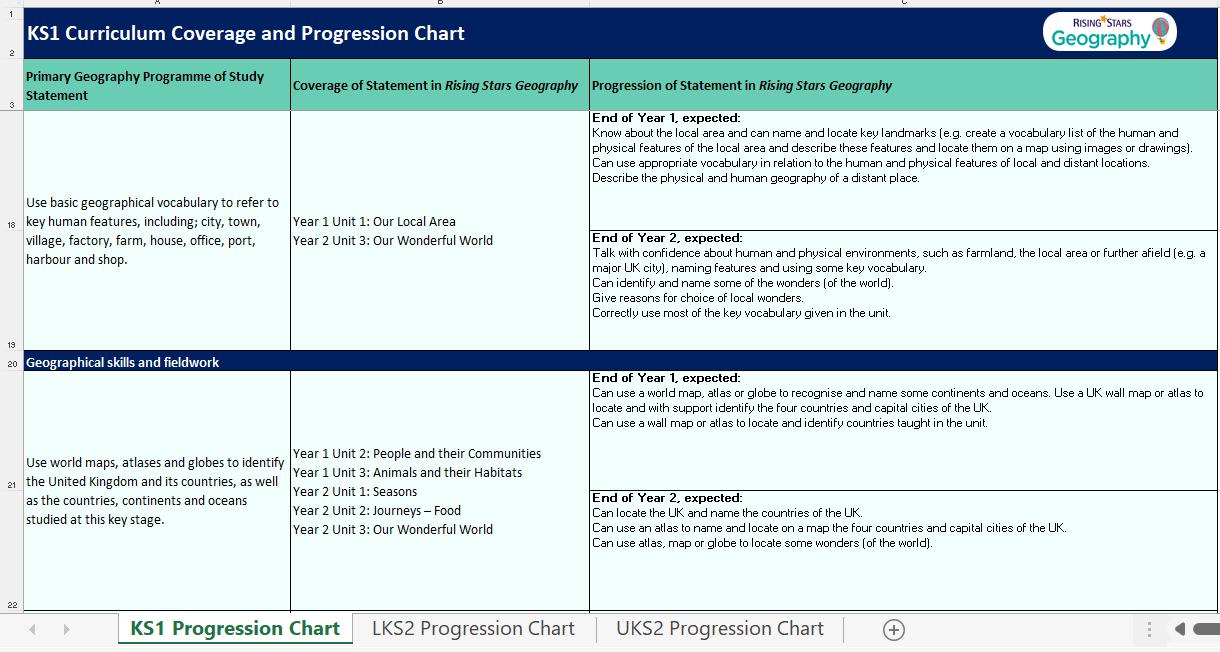
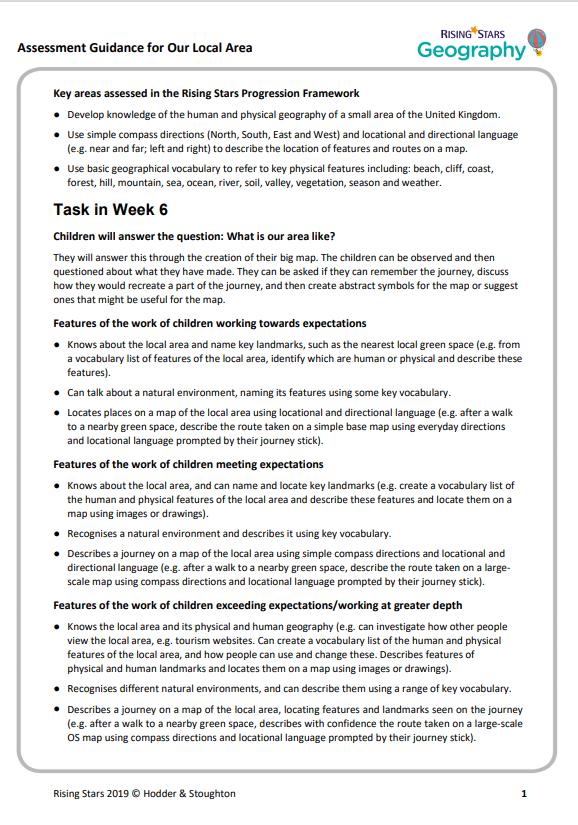



Kentigern’s Assessment
St
Curriculum Links – Science, Geography and History
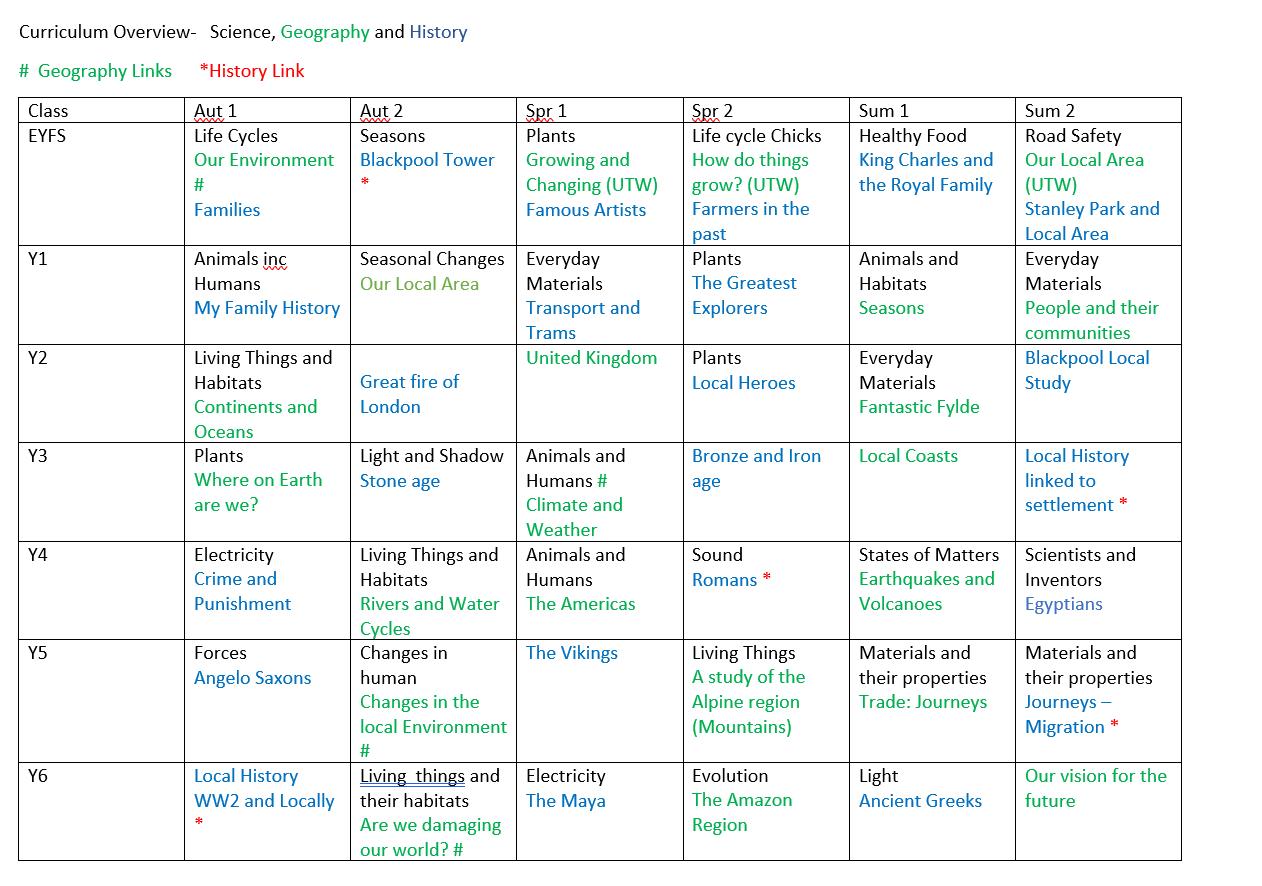





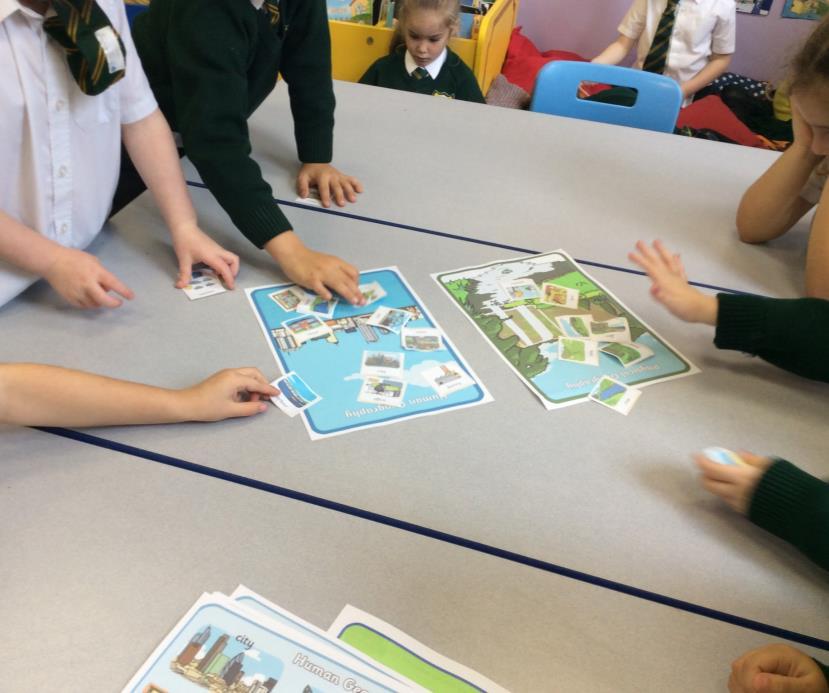
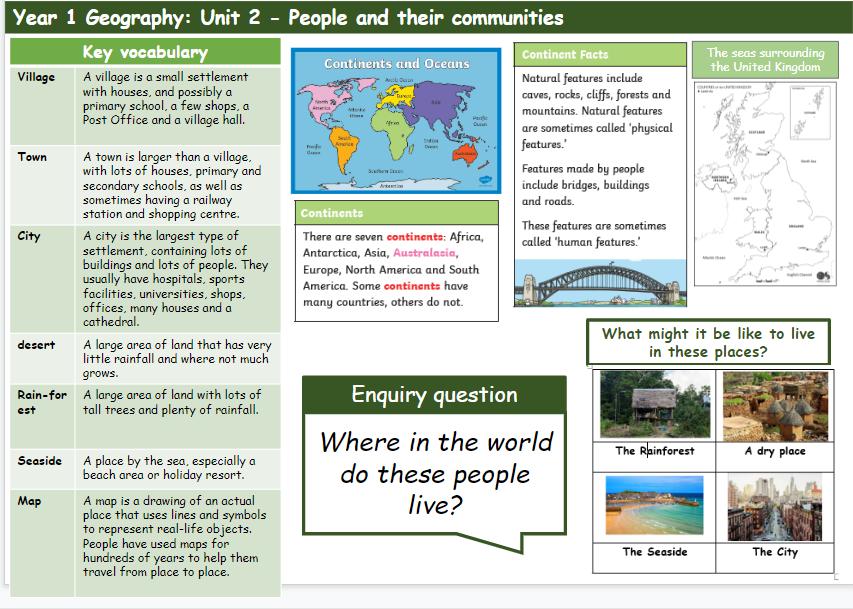
Animals and their habitats
• This unit gives a geographical context to children’s interests in, and prior knowledge of, animals through a study of five continents. It looks at pandas, penguins, sharks and elephants, as well as lesser-known birds, such as the swallow. The unit also focuses the children on specific landscapes, people and issues associated with real places. It starts by showing what these animals’ homes are like and addressing misconceptions they might have. It offers a chance to introduce North and South America, which is studied in the KS2 Geography Programme of Study.
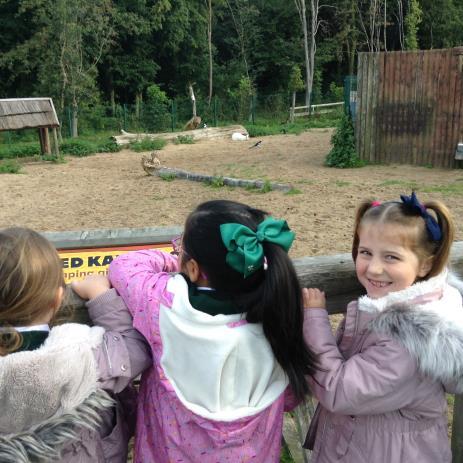




Year 2 visited the zoo for this topic.
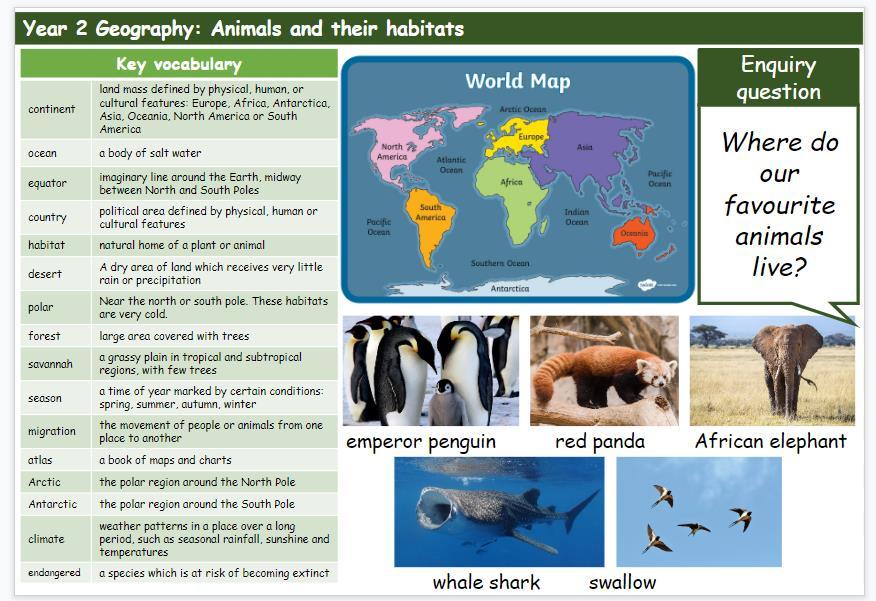
Journeys- Food
Where does our food come from?
• This unit links the everyday experience of buying and eating food within the UK with the children’s growing geographical understanding of the world. As with many units in KS1, there is a strong element of local area study, with a suggested local shop, market or farm as a recommended visit. This will begin to show the class the connections between what we buy, where it comes from locally and how it might be able to be sourced from the UK (and beyond)
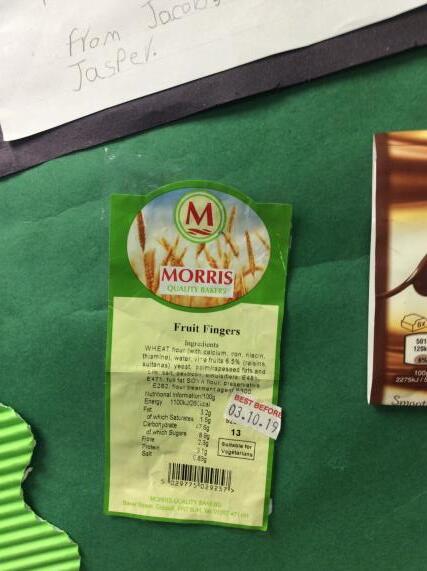
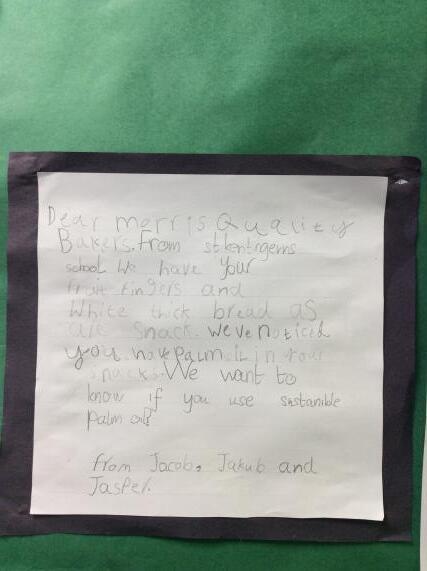
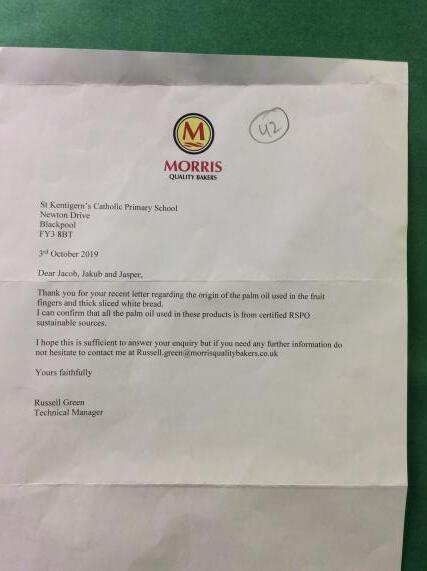
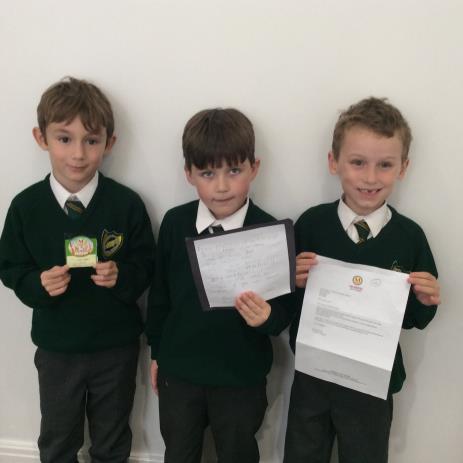
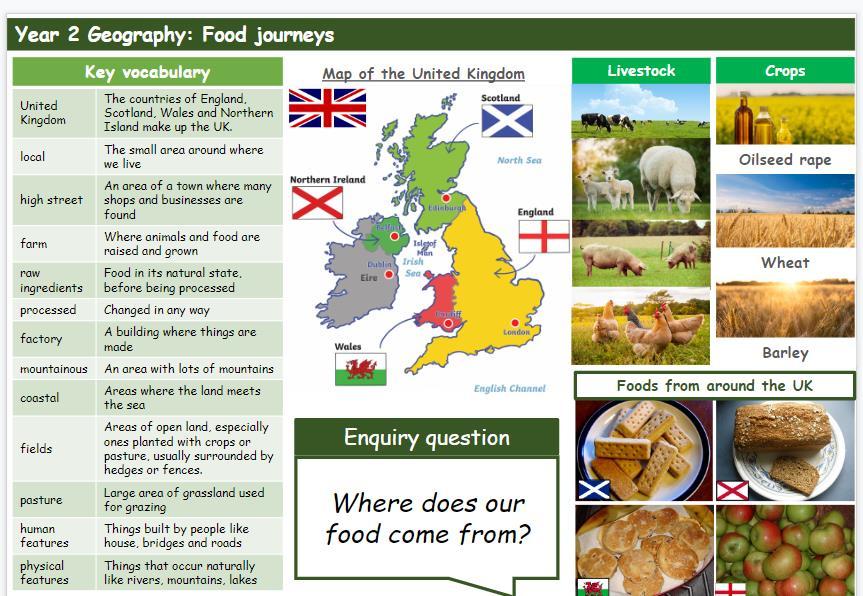
Our World
In an earlier unit, the children used several different representations of the world, or parts of it, without questioning them. In this unit, they will begin to understand the Earth better as a sphere, learning to rotate it mentally in 3-D. They will explore its representation in 2-D maps, and learn about the imaginary lines used (Equator, latitude, longitude, tropics and the International Date Line) to pinpoint global locations.
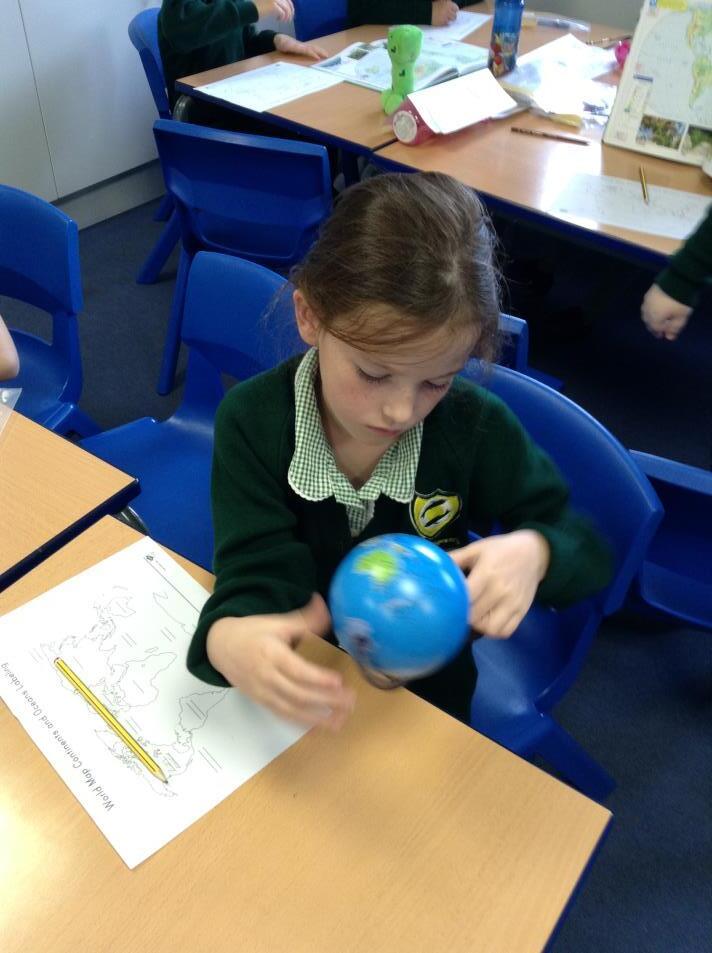

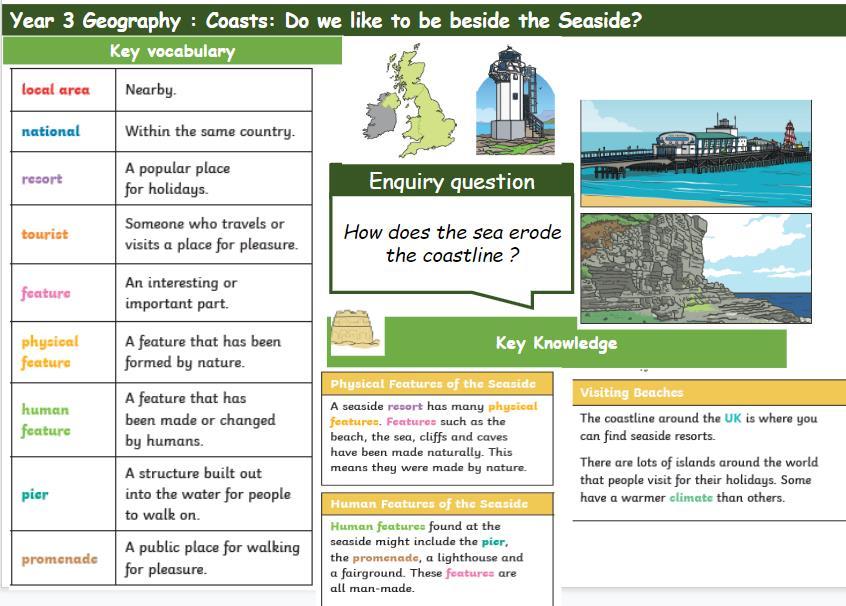
Coasts- We do like to be beside the seaside
• In this unit, children will learn about the coast of the British Isles. The approach used is to provide a large number and wide range of visual images –we know the idiom that ‘a picture is worth a thousand words’ – as primary geography is such a visual subject. Children need to be able to visualise what they are learning about not just know its ‘word label’. If field visits are not possible, the photographs can extend the children’s ‘virtual’ experience. Many children will have been to the seaside, and may have enjoyed playing on the beach, although many might only have experienced a hotel pool. There is plenty of scope for building on their natural enthusiasm, especially if field work at the coast is possible. Children will consider some of the advantages and disadvantages of living by the coast, and how much of the UK’s coast has changed from a focus on fishing to one on tourism. Throughout the unit they will also be introduced to a few contrasting coasts around the world, and associated environmental issues, extending their coastal and locational knowledge and encouraging critical thinking and presenting an argument.
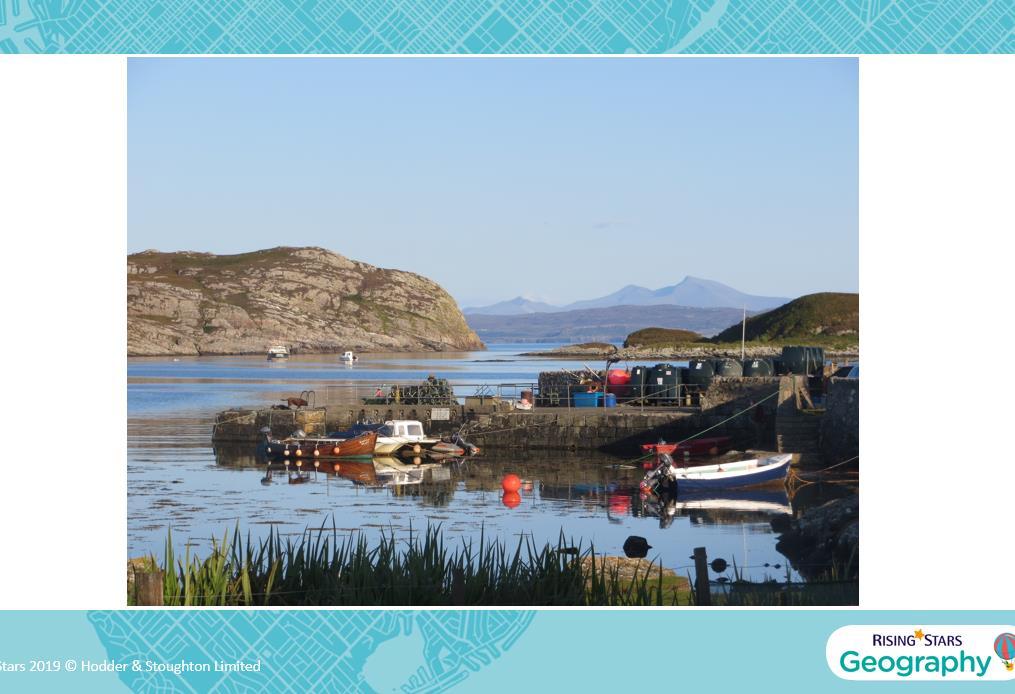



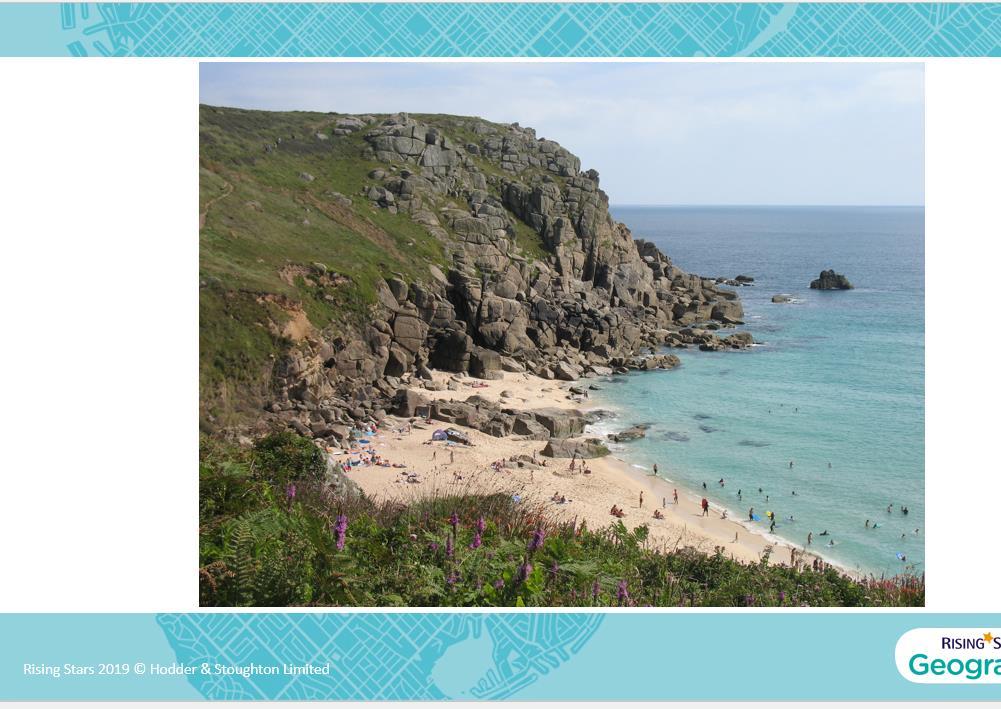

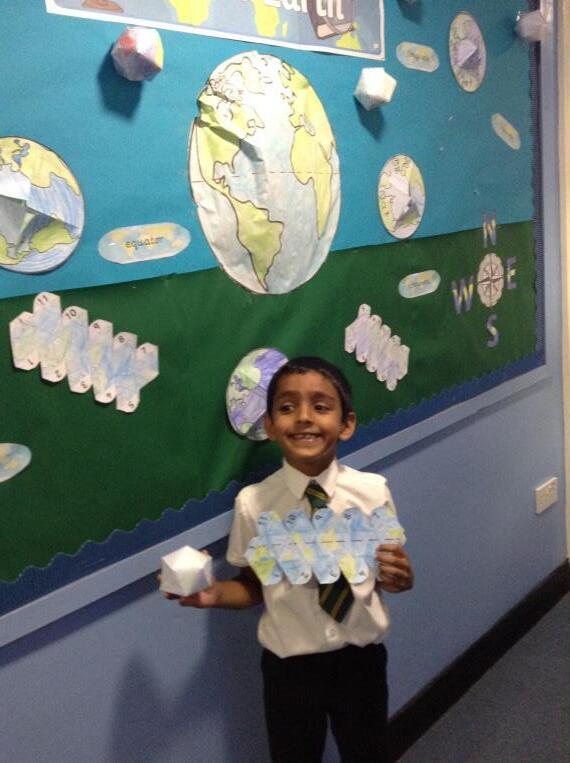
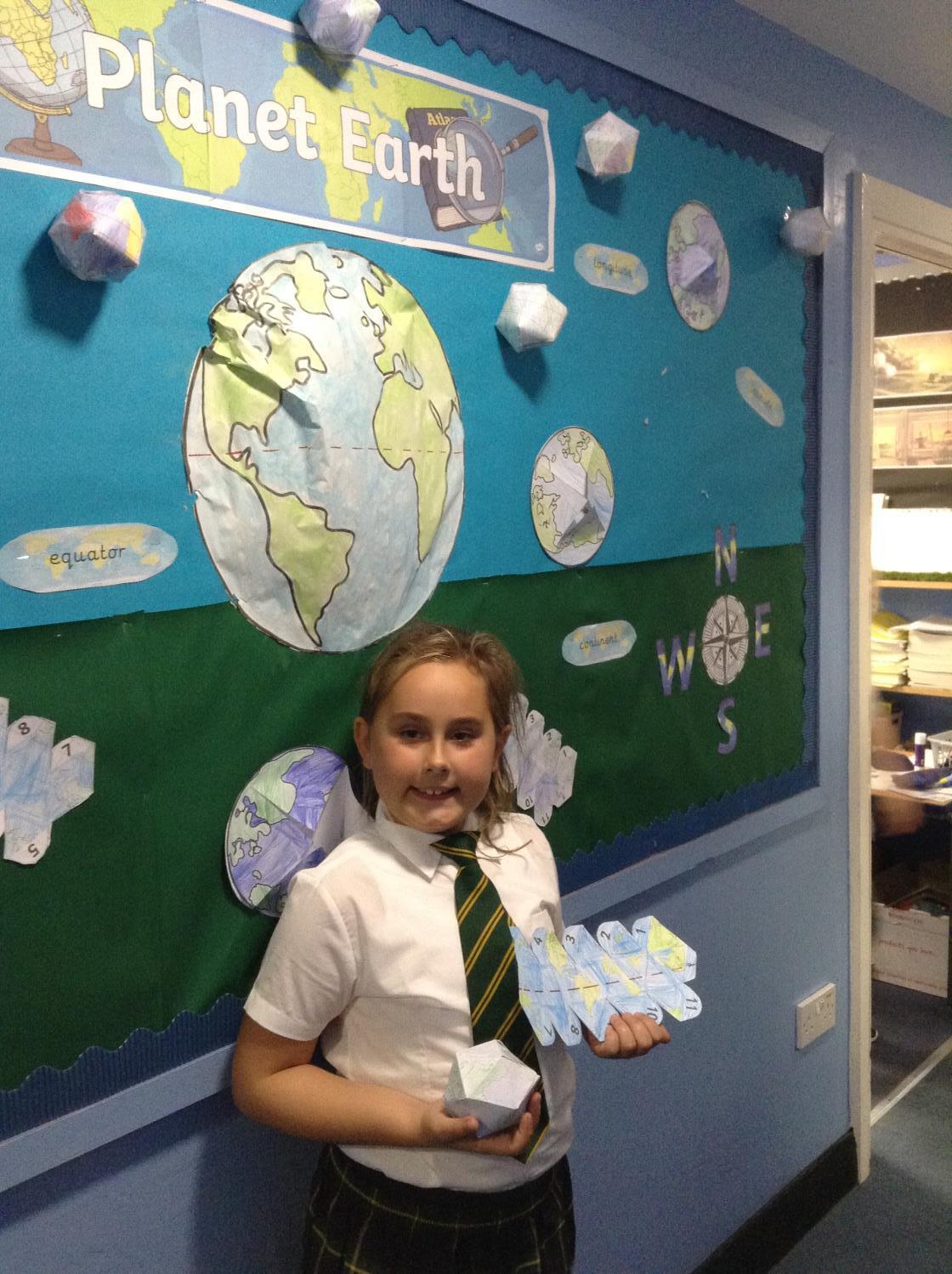
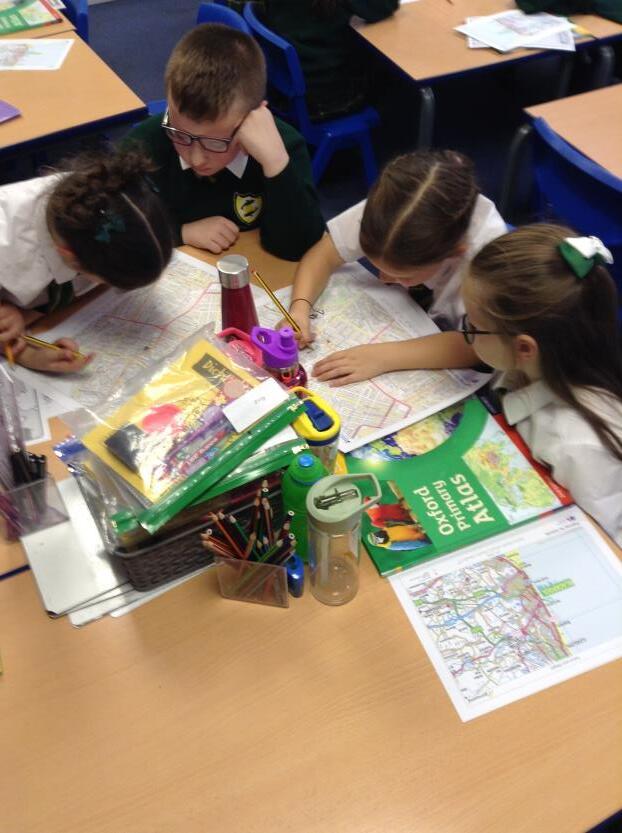

Rivers and the water cycle
Rivers are important geographical features that play a crucial role in the environment. They are natural waterways that flow from high ground to low ground, carrying freshwater to different parts of the world. Rivers are home to various species of plants and animals, providing habitats for them to thrive. They also support human life by providing drinking water, irrigation for crops, and transportation for goods. Rivers can be a source of fun and recreation, with many people enjoying activities such as fishing, boating, and swimming in them. Overall, rivers are vital to the ecosystem and have a significant impact on the world around us.

The Water cycle
This unit focuses on rivers, providing excellent opportunities for fieldwork and school-based practical work. It introduces the water cycle and, as the key concept is that water flows downhill, looks at mountains, the source of many rivers. It looks at how people interact with rivers as well as their geographical features. A case study features one of the UK’s major rivers, the River Thames. Cameos of some of the world’s great rivers and mountain environments are included to extend children’s geographical general or locational knowledge. There is opportunity to consider a local river or stream, and ideas for using local fieldwork to see the processes introduced in school in action.
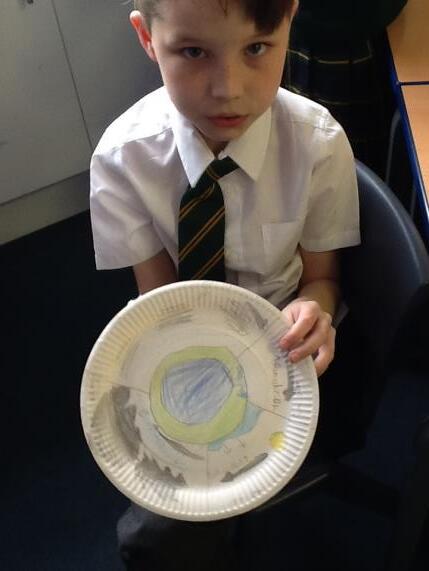

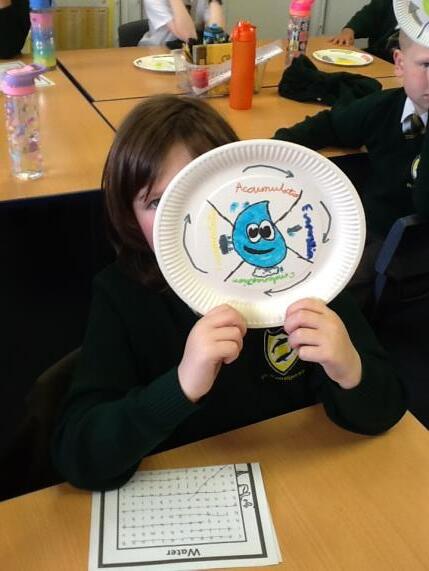
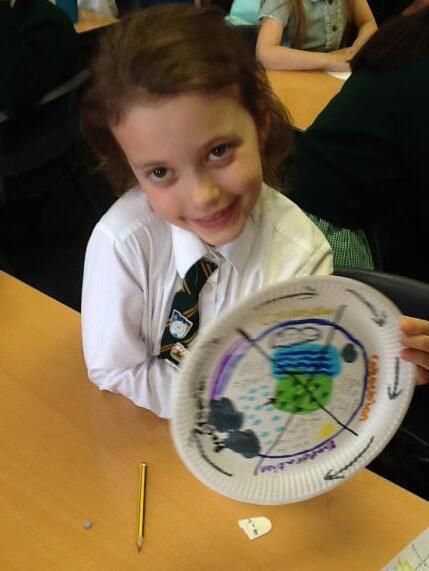

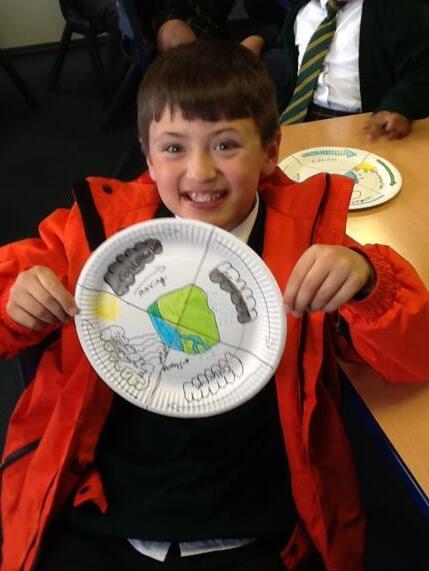
Cross-Curricular Links…
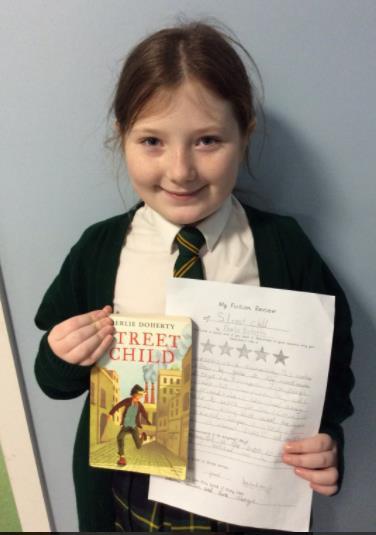

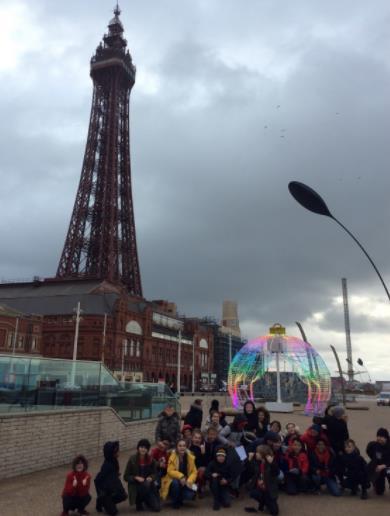
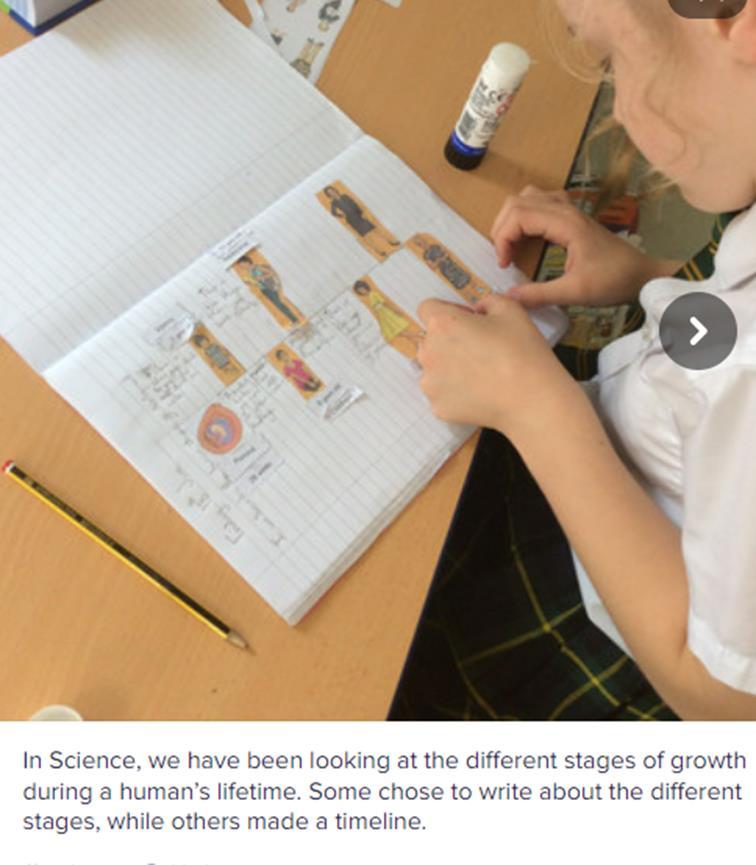
Geography field trip
We had the chance to see some of Blackpool’s Victorian buildings and other buildings from Blackpool’s past. We discussed changes through the years and also looked at some of the construction for how Blackpool might be in the future.
South AmericaThe Amazon
In this unit, children find out about the Amazon region of South America, considering what it is like to live in the region as well as how it is being damaged and how it can be protected. The unit builds on previous work the children may have done in Key Stage 1 on rainforests and climate, and the units of work on North America and Climate, earlier in this series
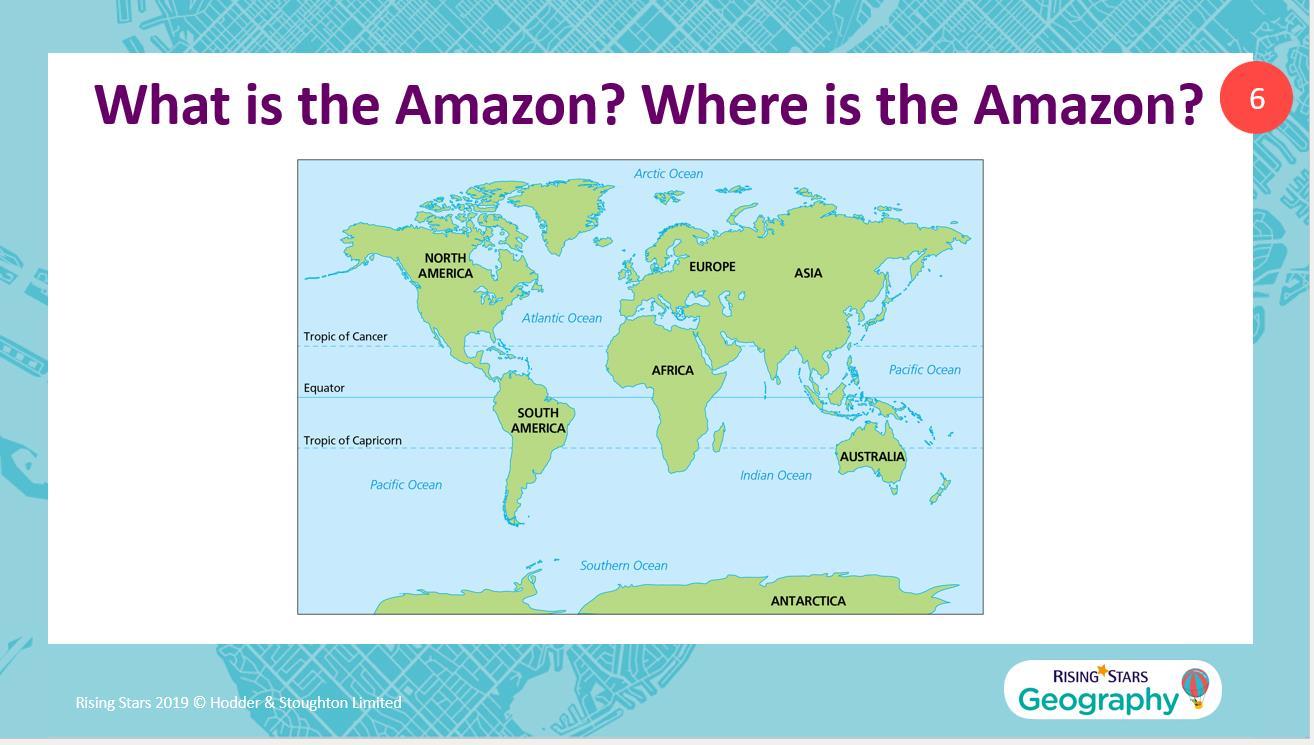





Protecting the environment
In this unit, the children will consider if we are damaging our world and how we can protect it. The children will investigate energy production, the oceans and minerals, as well as conducting an enquiry into how the school can become more sustainable

Links will be made to our Eco group and whole school environment days.






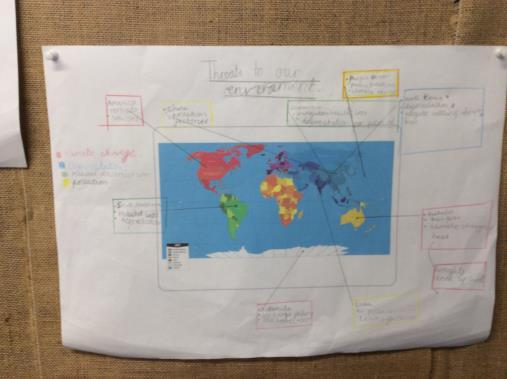




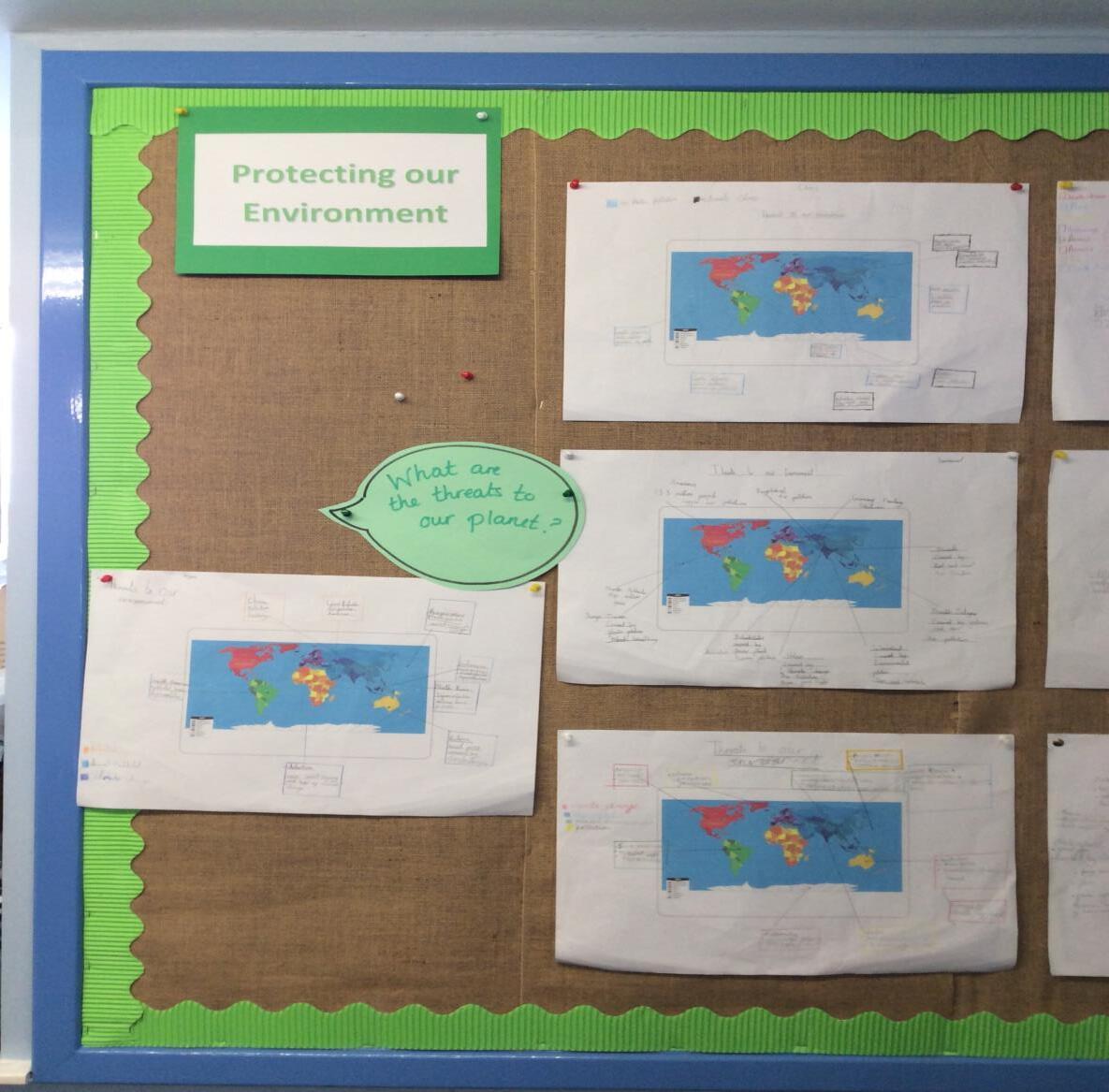

Geography outside the classroom/ whole school learning days
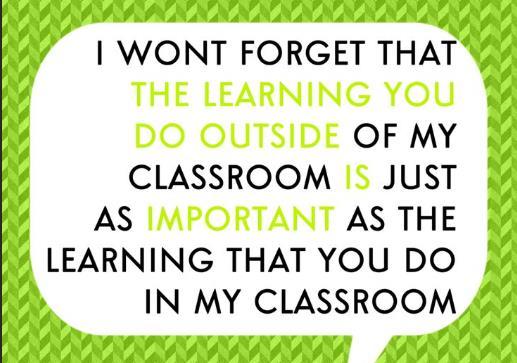
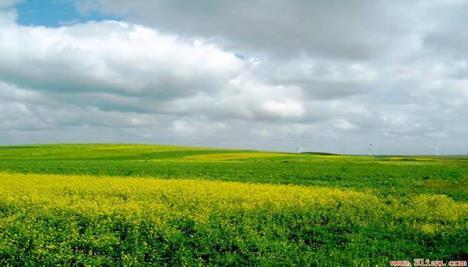
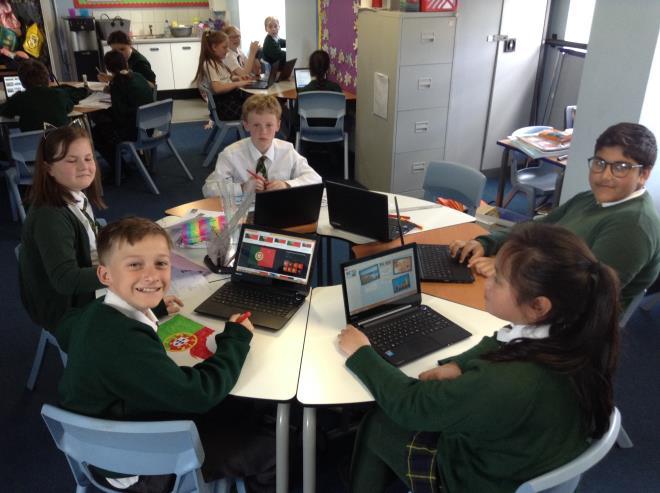




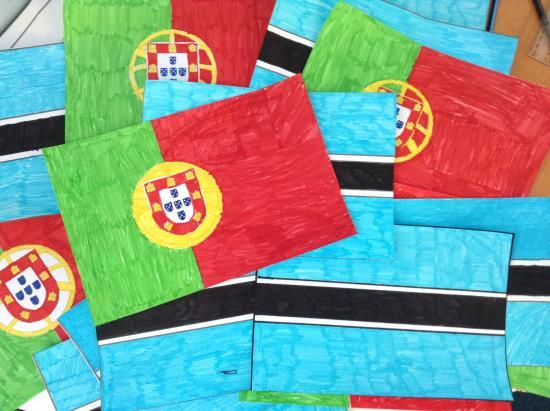
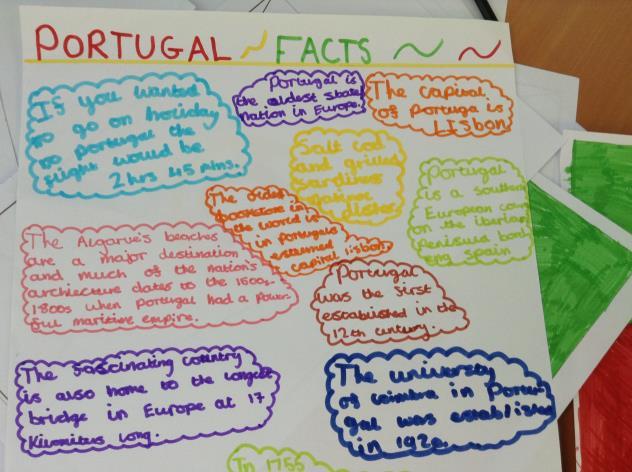
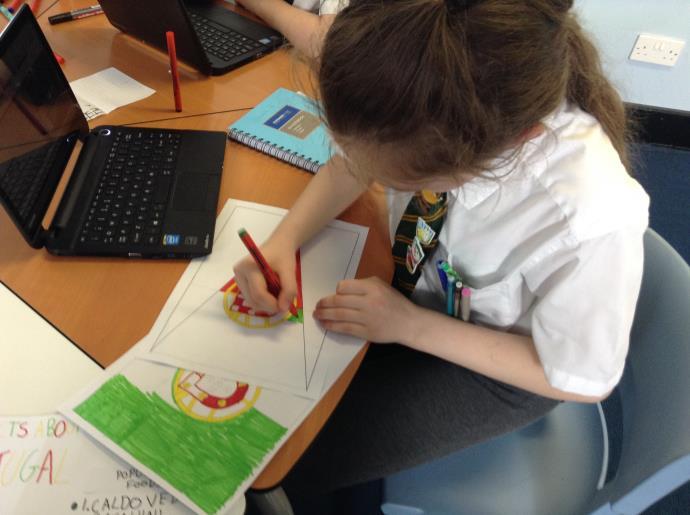


Year 6 International day –

Linked to the International food festival


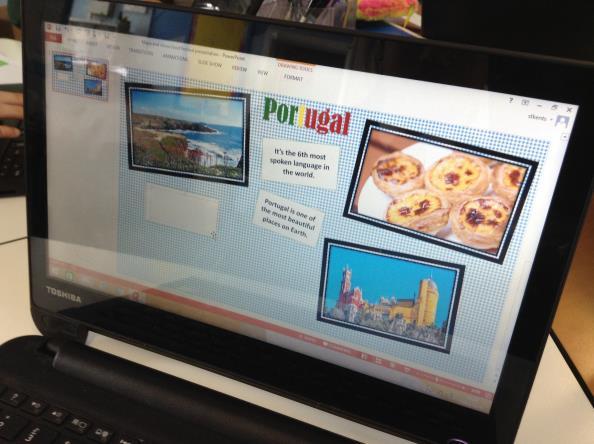
International food festival
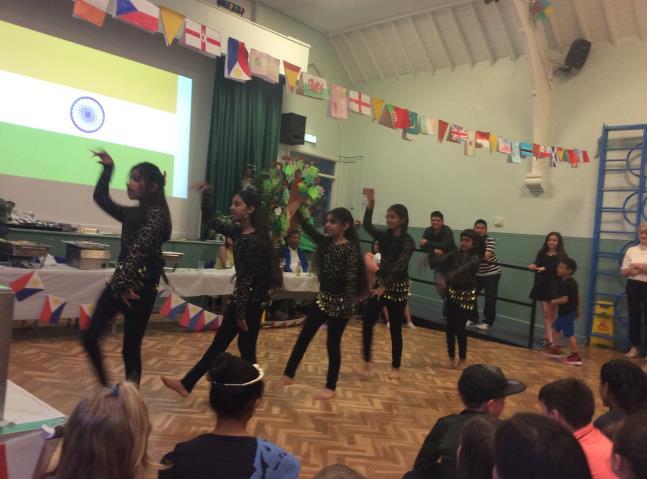
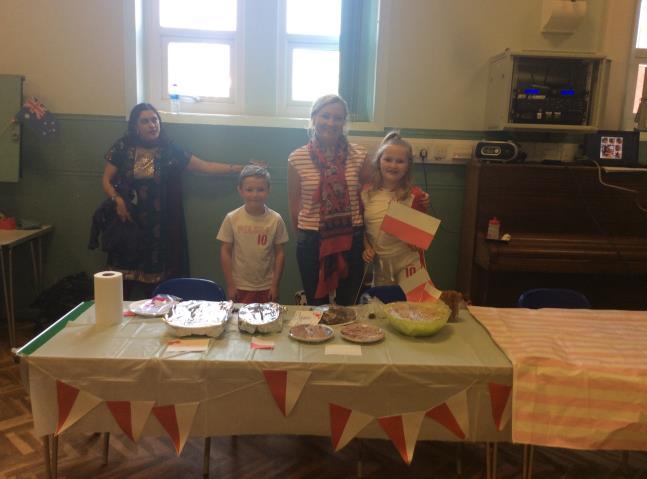

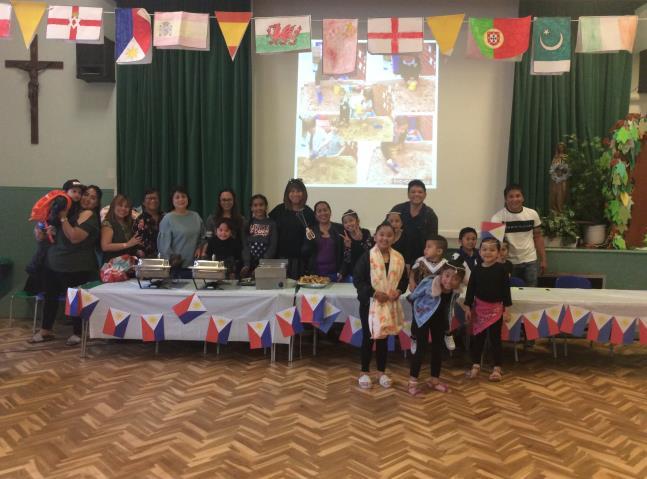


Year 2 Visit the beach
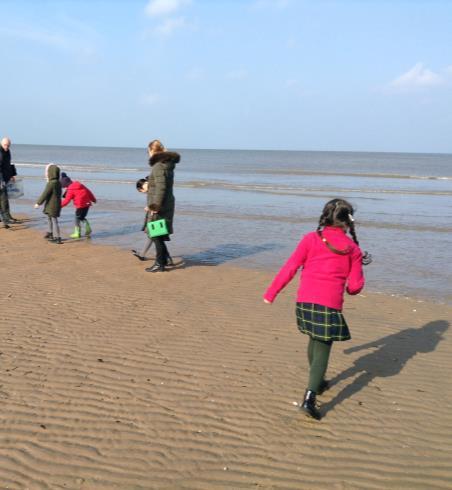
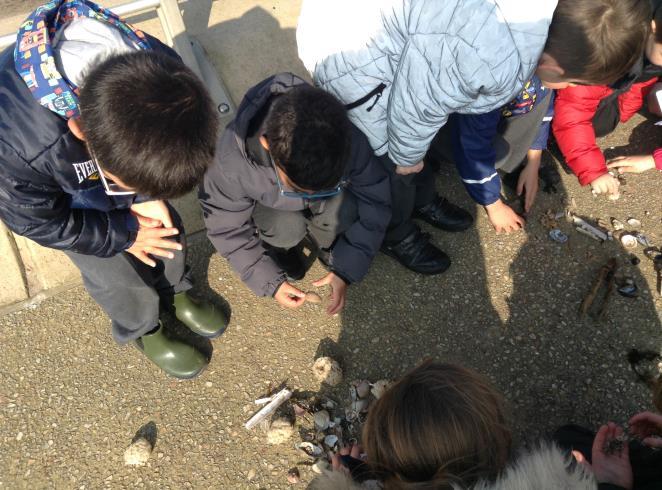
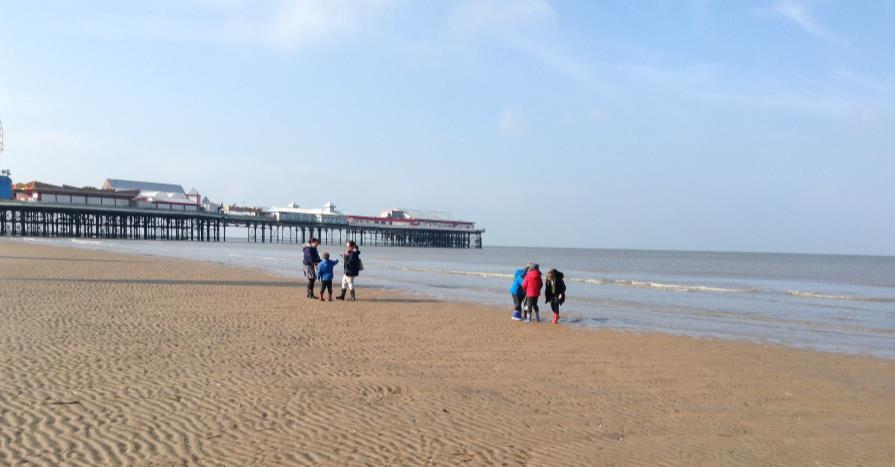




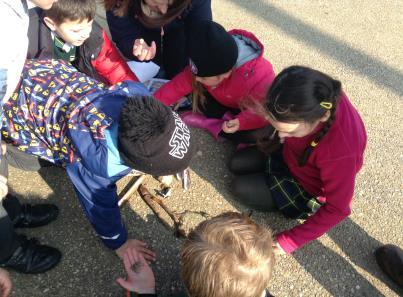
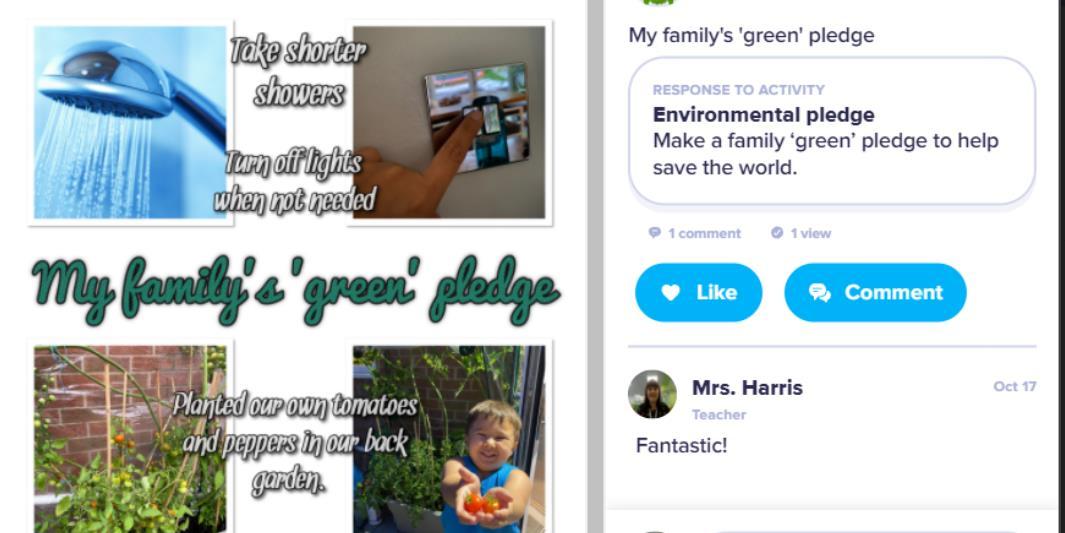


Eco Week
Each class promoted a geographical topic

St Kentigern’s are part of the Living streets ‘Walk to school’ programme.
We promote reducing air pollution
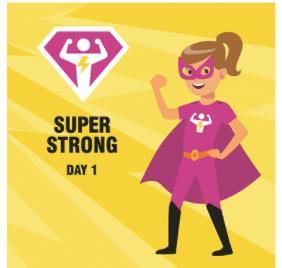
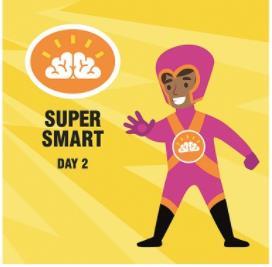

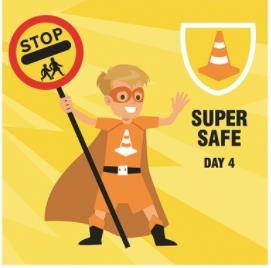
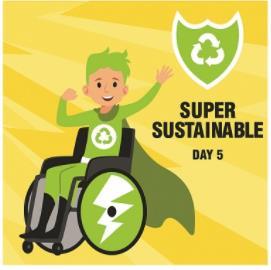
Whole School History and Geography project- Blackpool
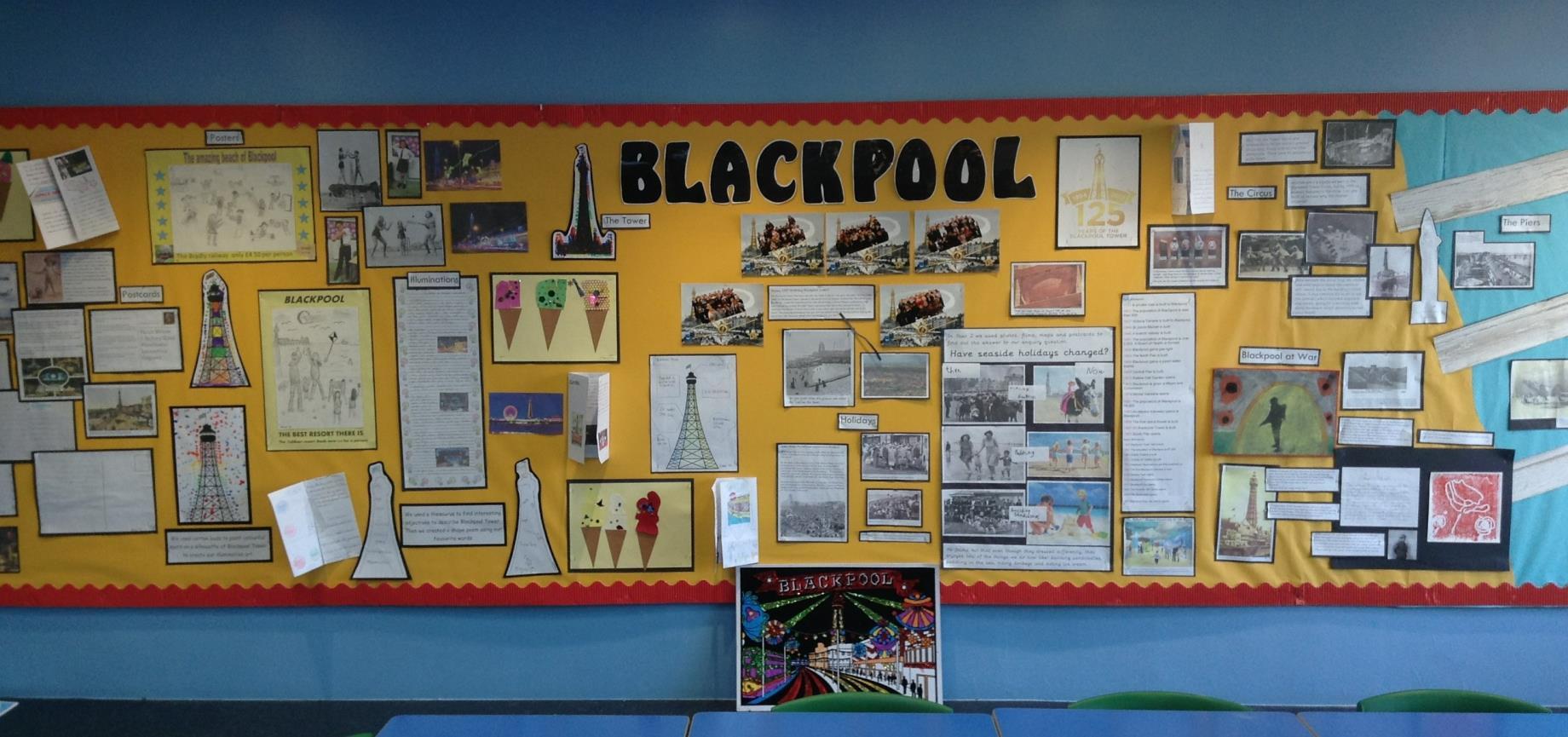
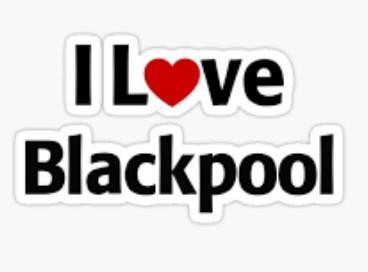
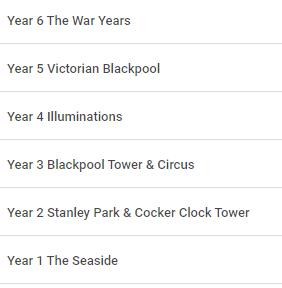



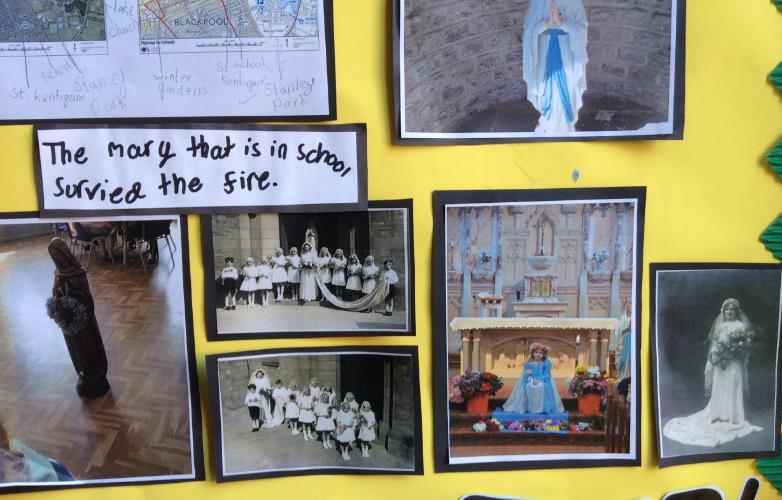

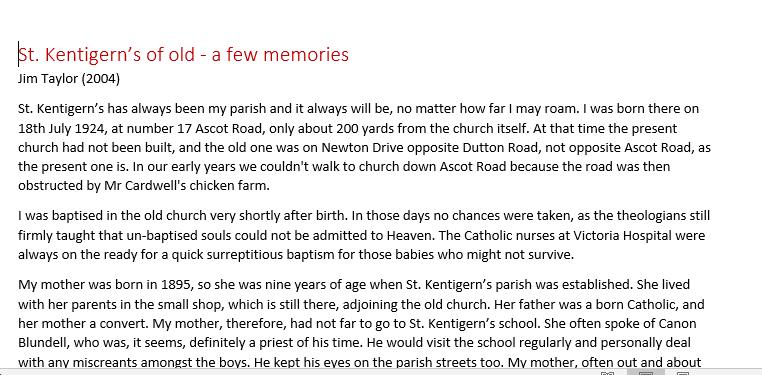

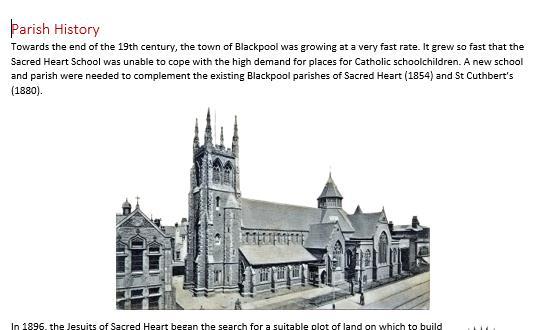
Year 6- Visit to Blackpool Tower
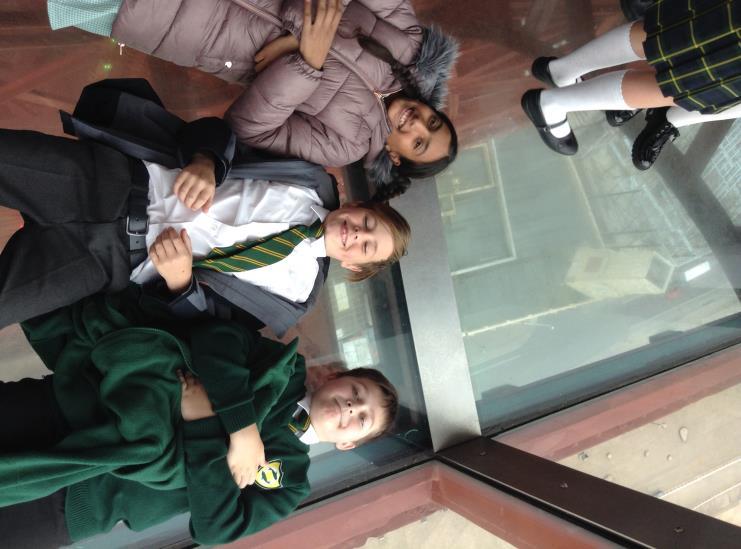

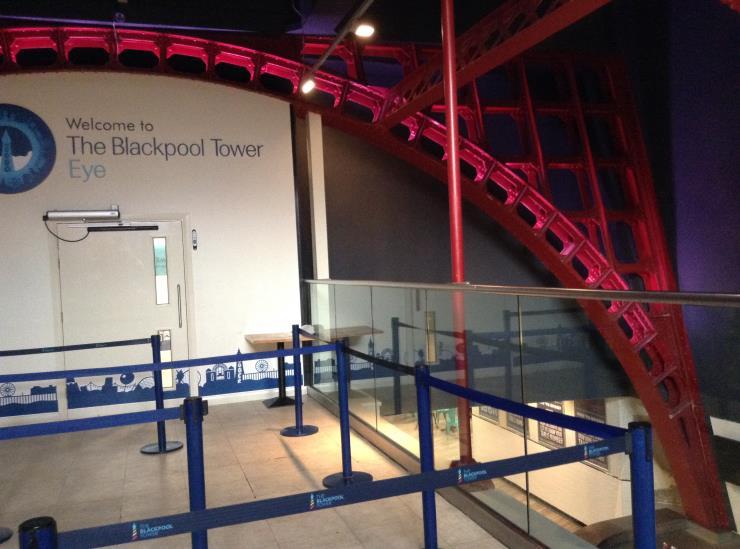
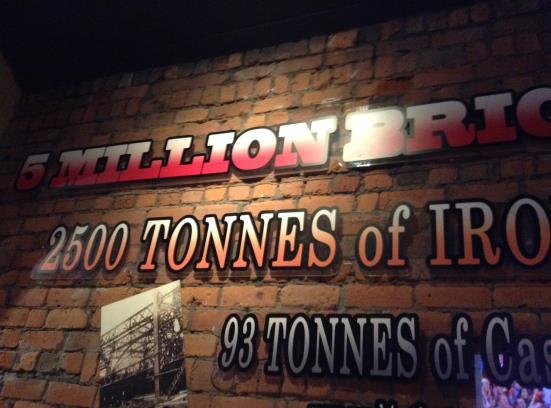

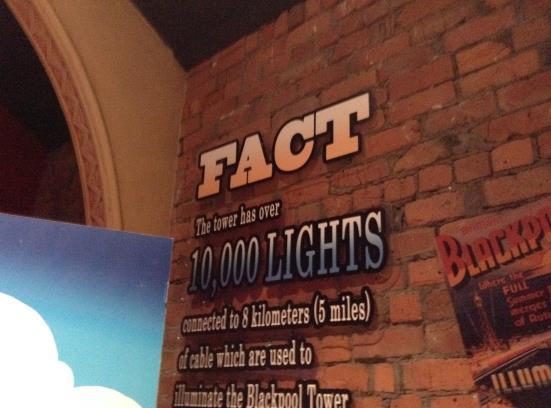
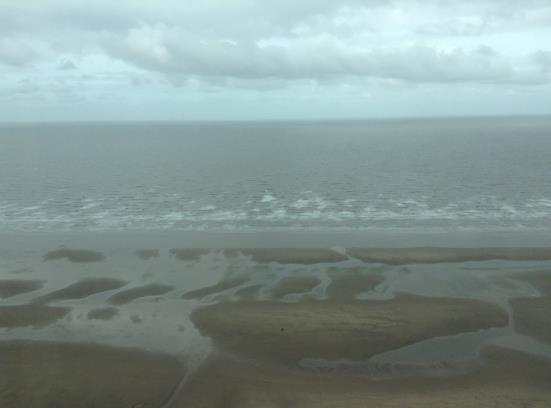
Year 5 and 6- Residential trip to Castle Head
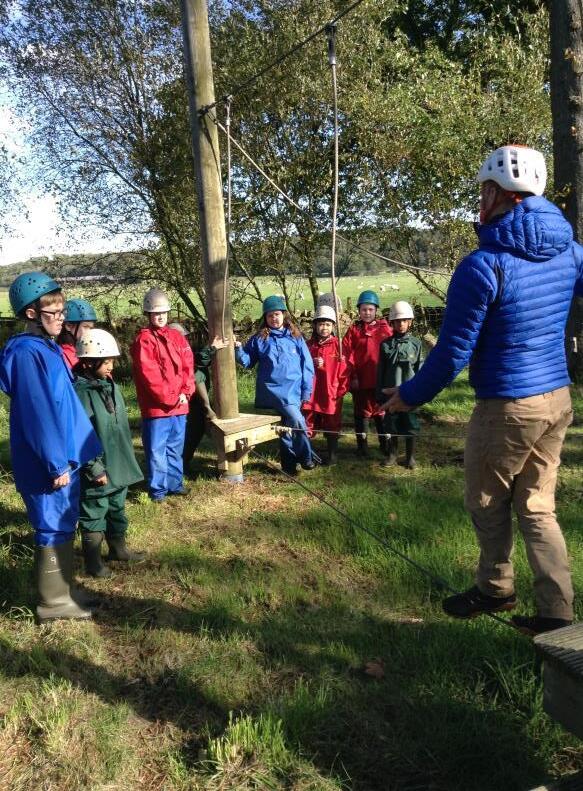

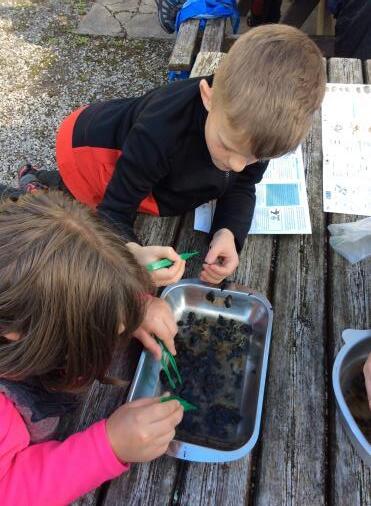
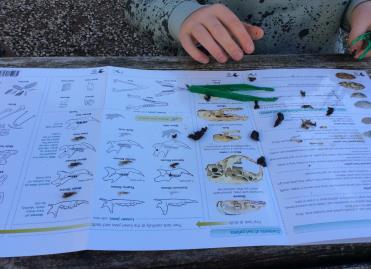
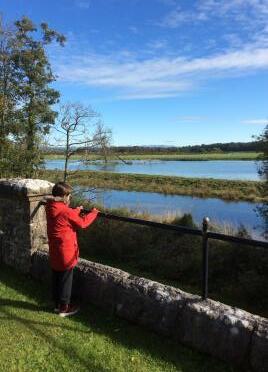
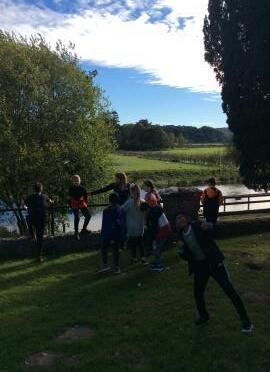
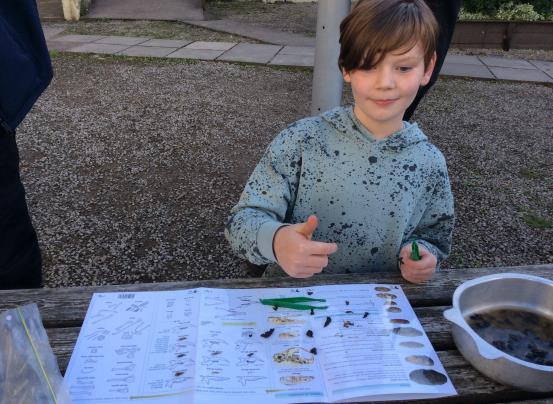
EYFS visit the local farm
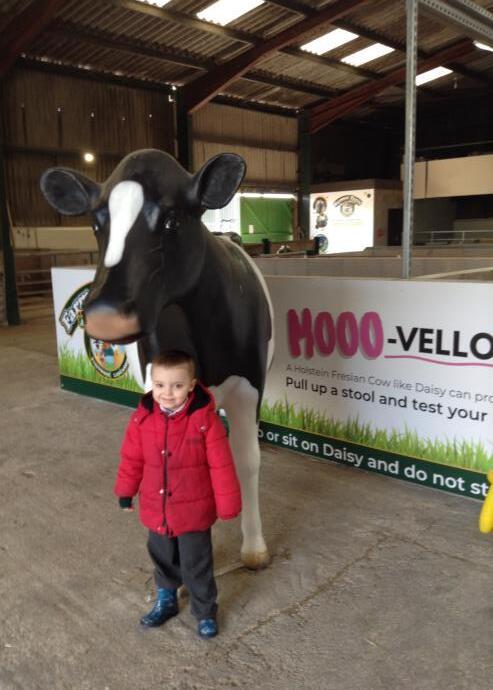
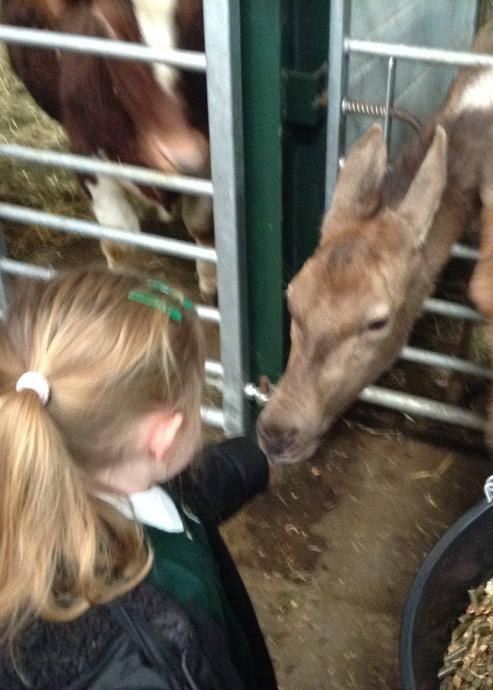
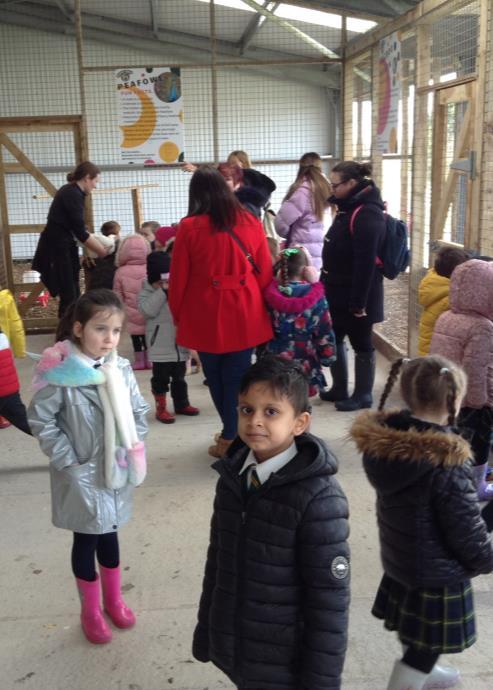
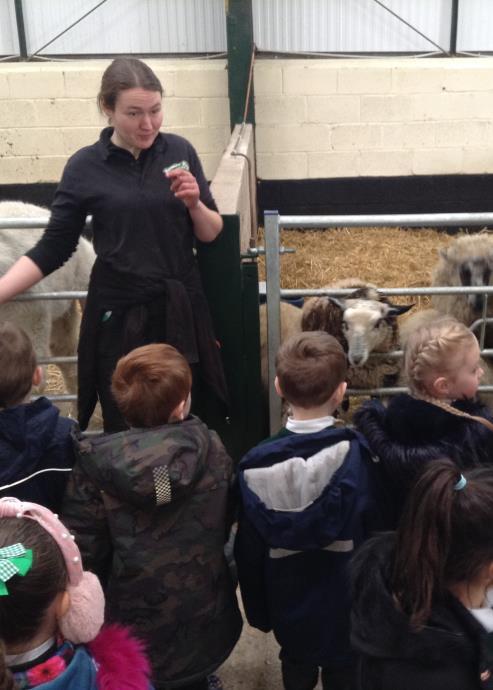

Year 5- Strawberry Gardens

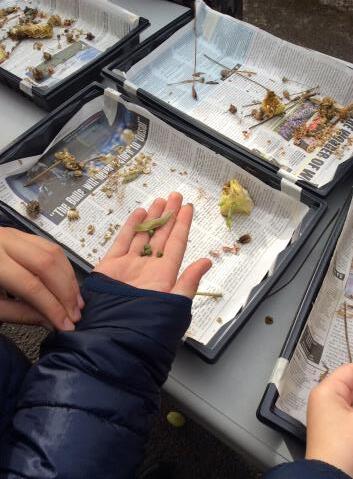
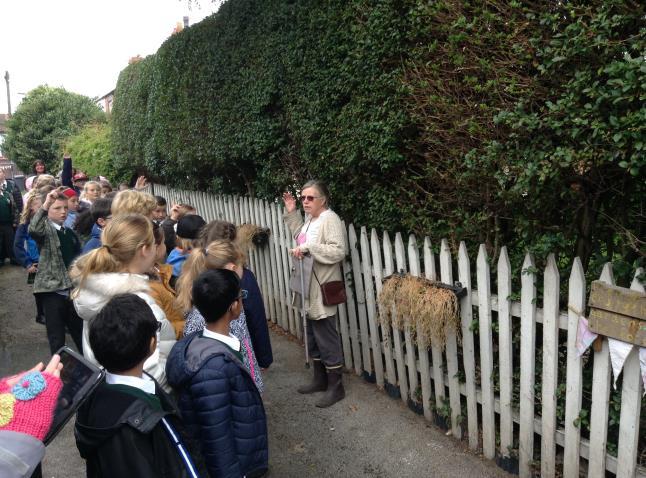

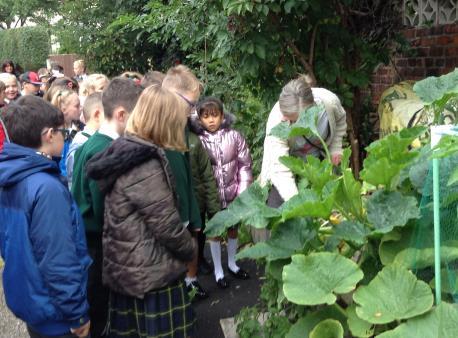
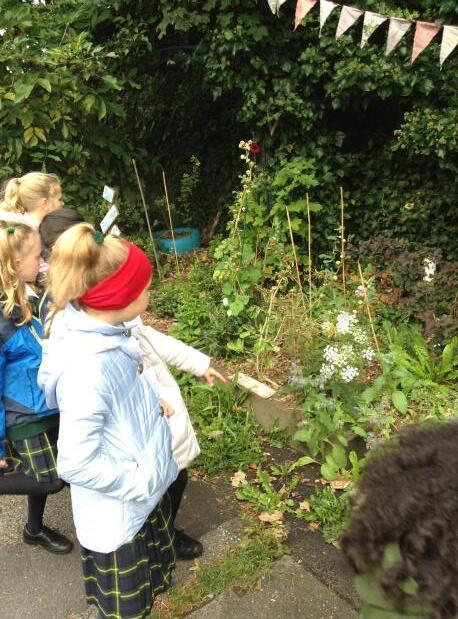

Next steps for geography…
• Each teacher to create a folder for each topic to demonstrate the end points being achieved throughout the year group.
• Each teacher to use the new assessment grid which assesses the children against the end points of each unit to track progress and identify any gaps for future year groups.
• Geography lead to collate data from each class to assess the impact from the intent and implementation of the curriculum.
• Further Geography fieldtrips to take place across each year group (as the last time fieldtrips were assessed it was Covid times). Ensure each class has a fieldwork opportunity throughout the year.



















































































































































































